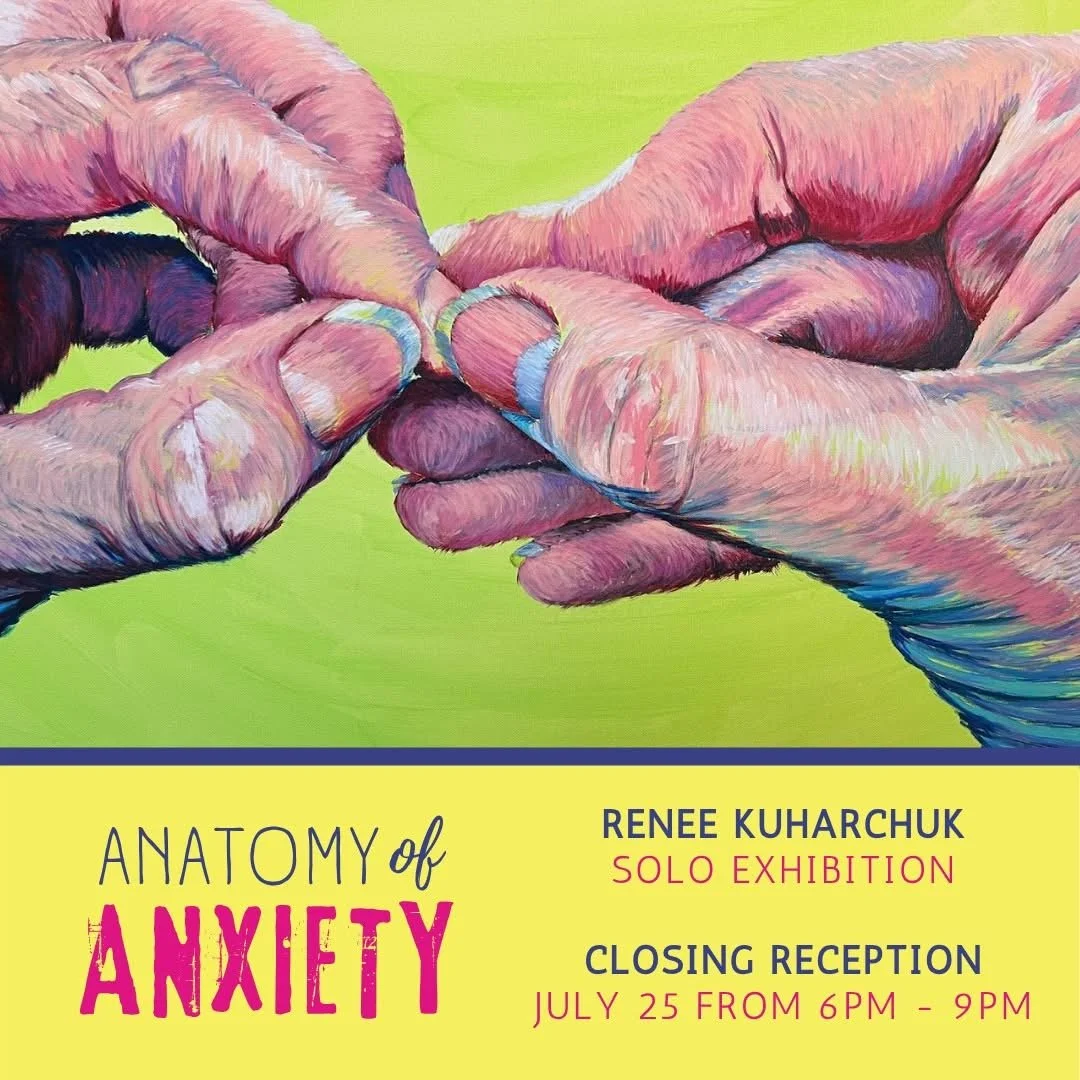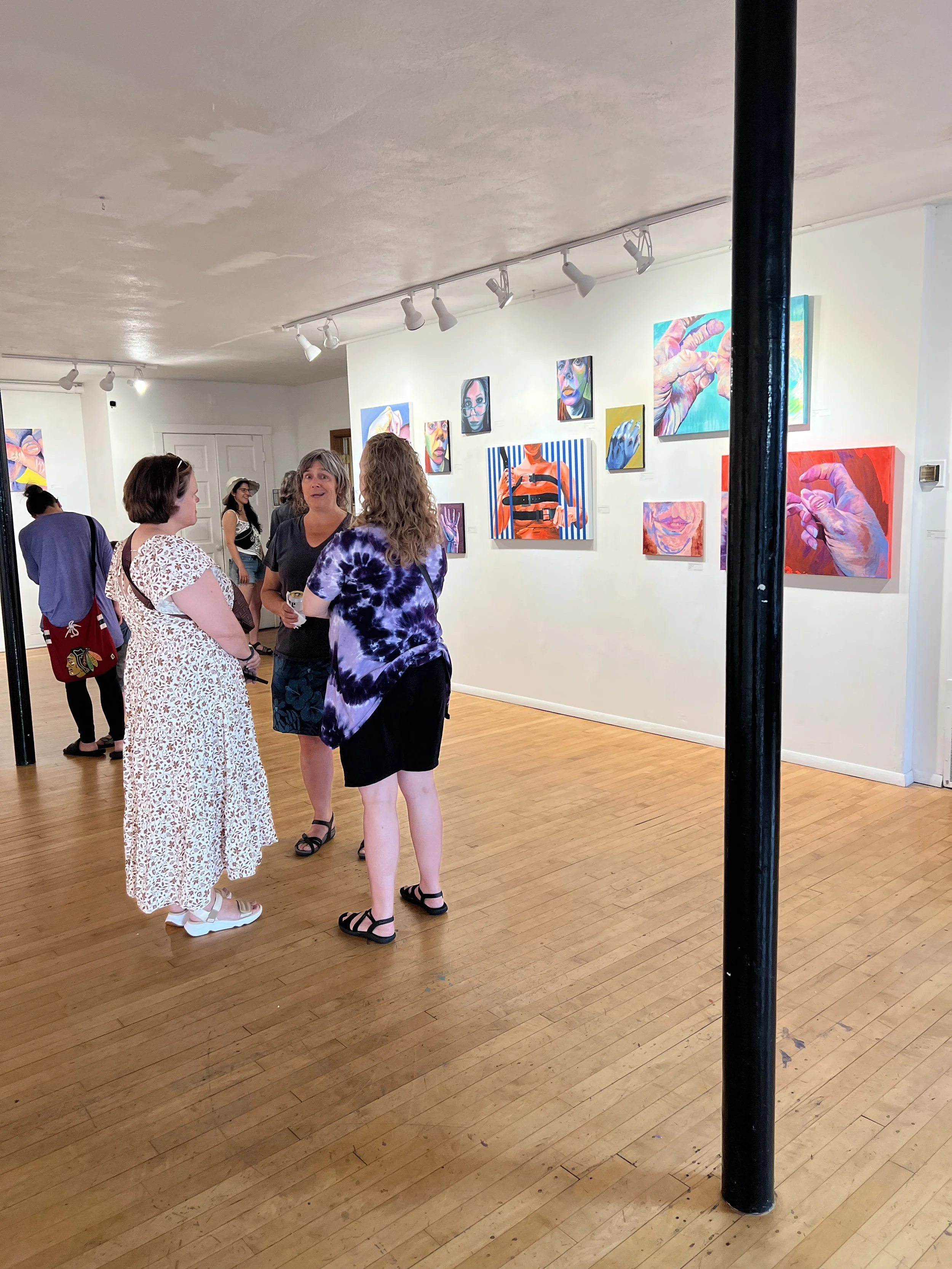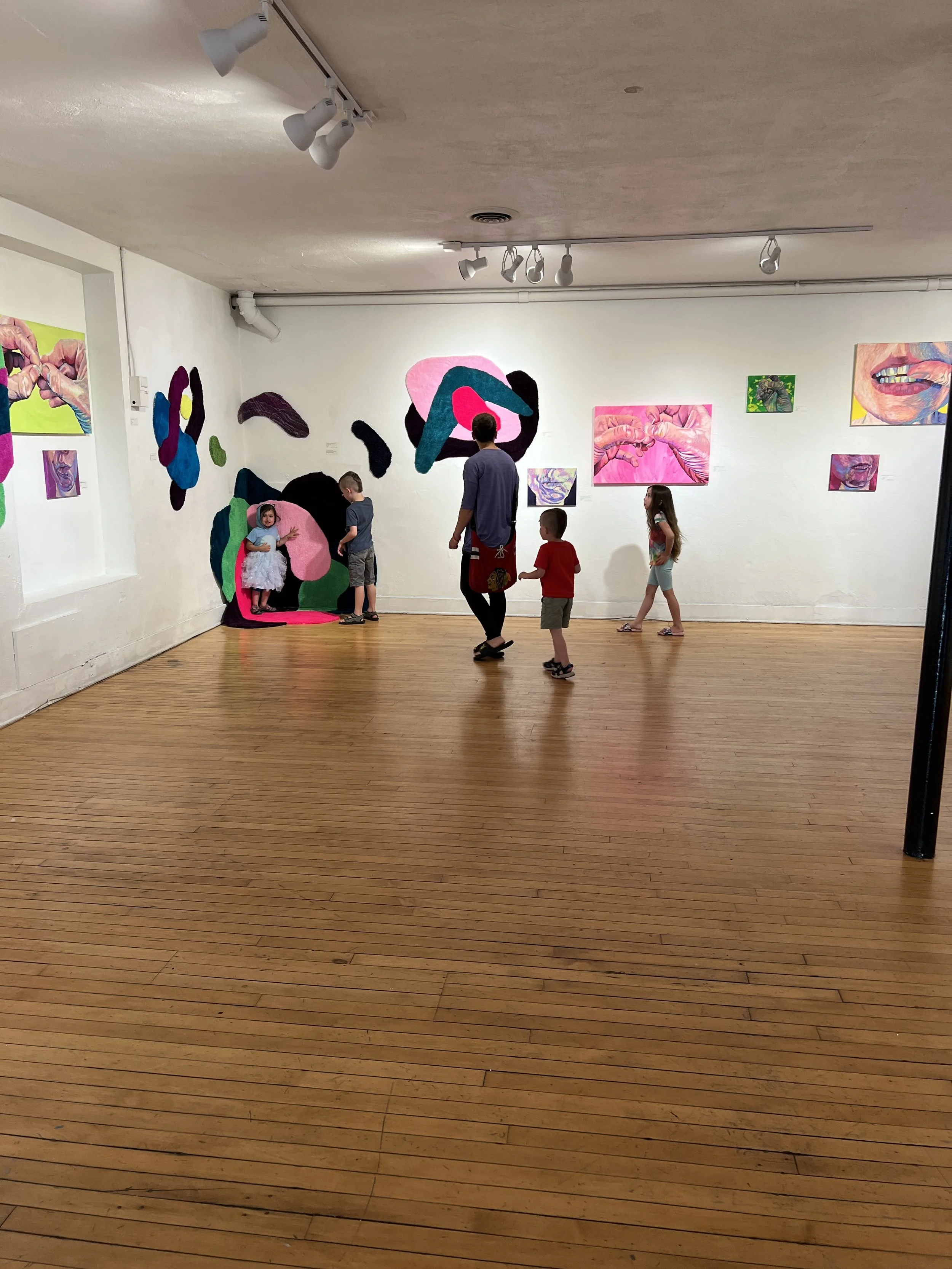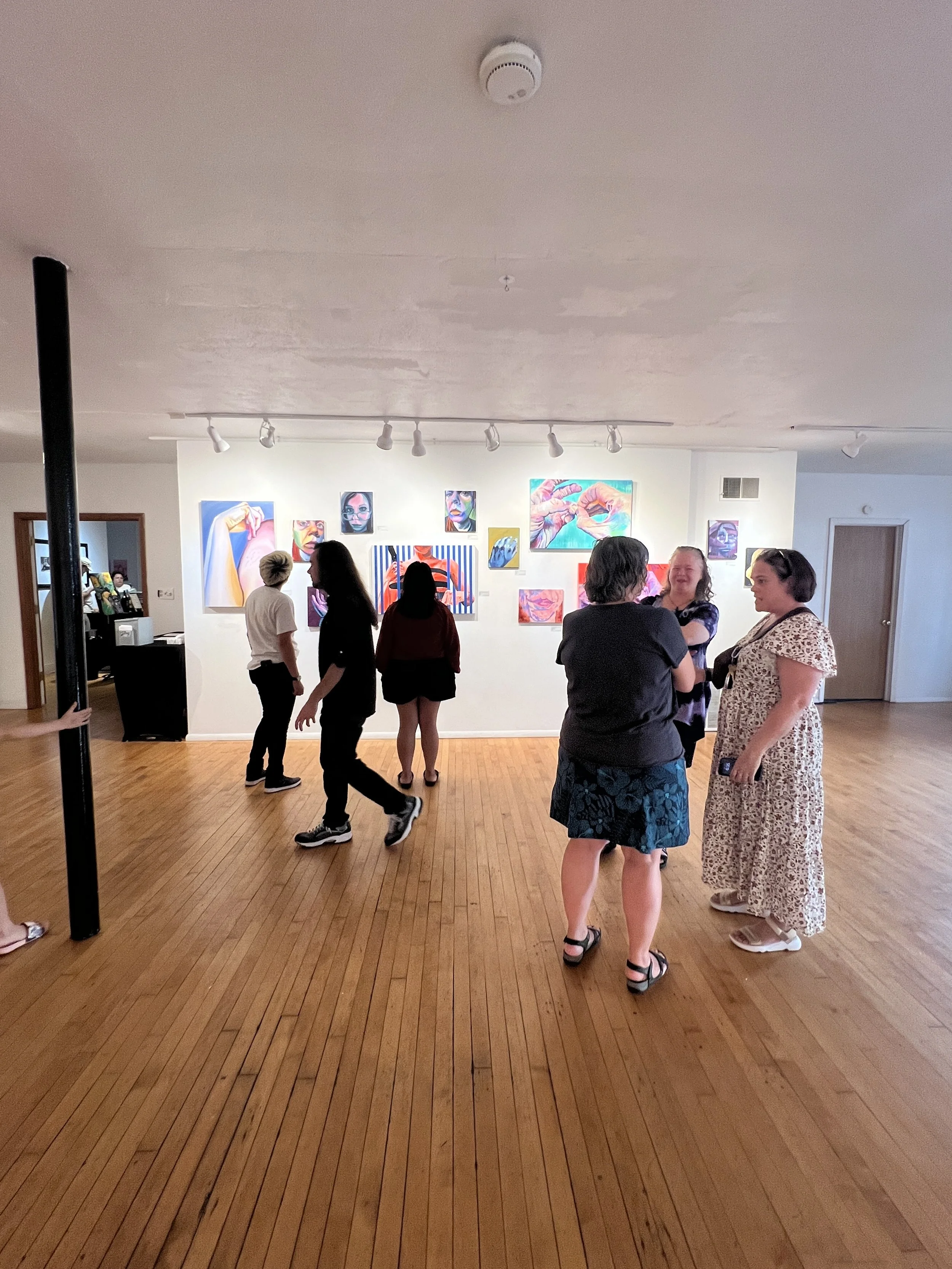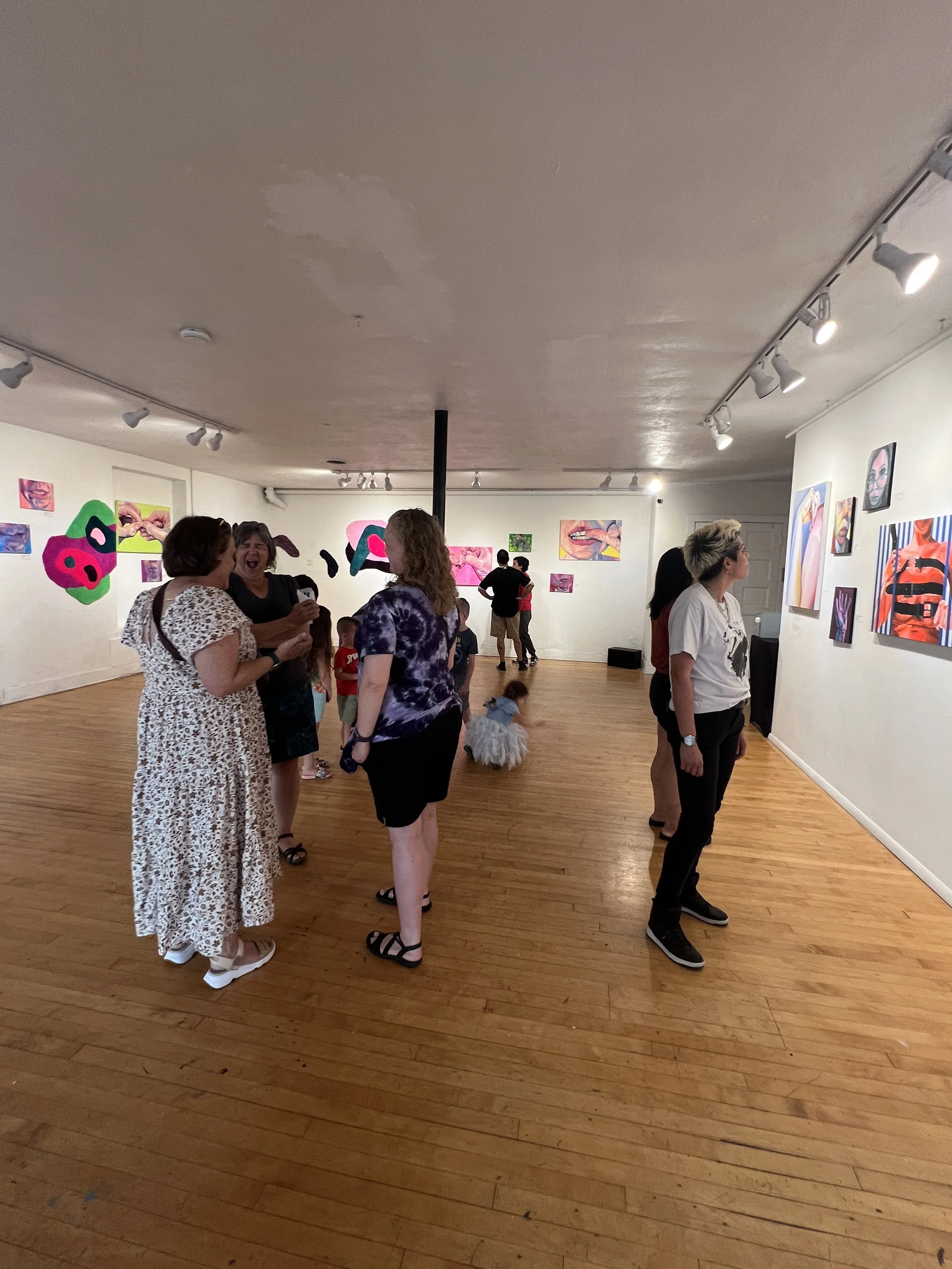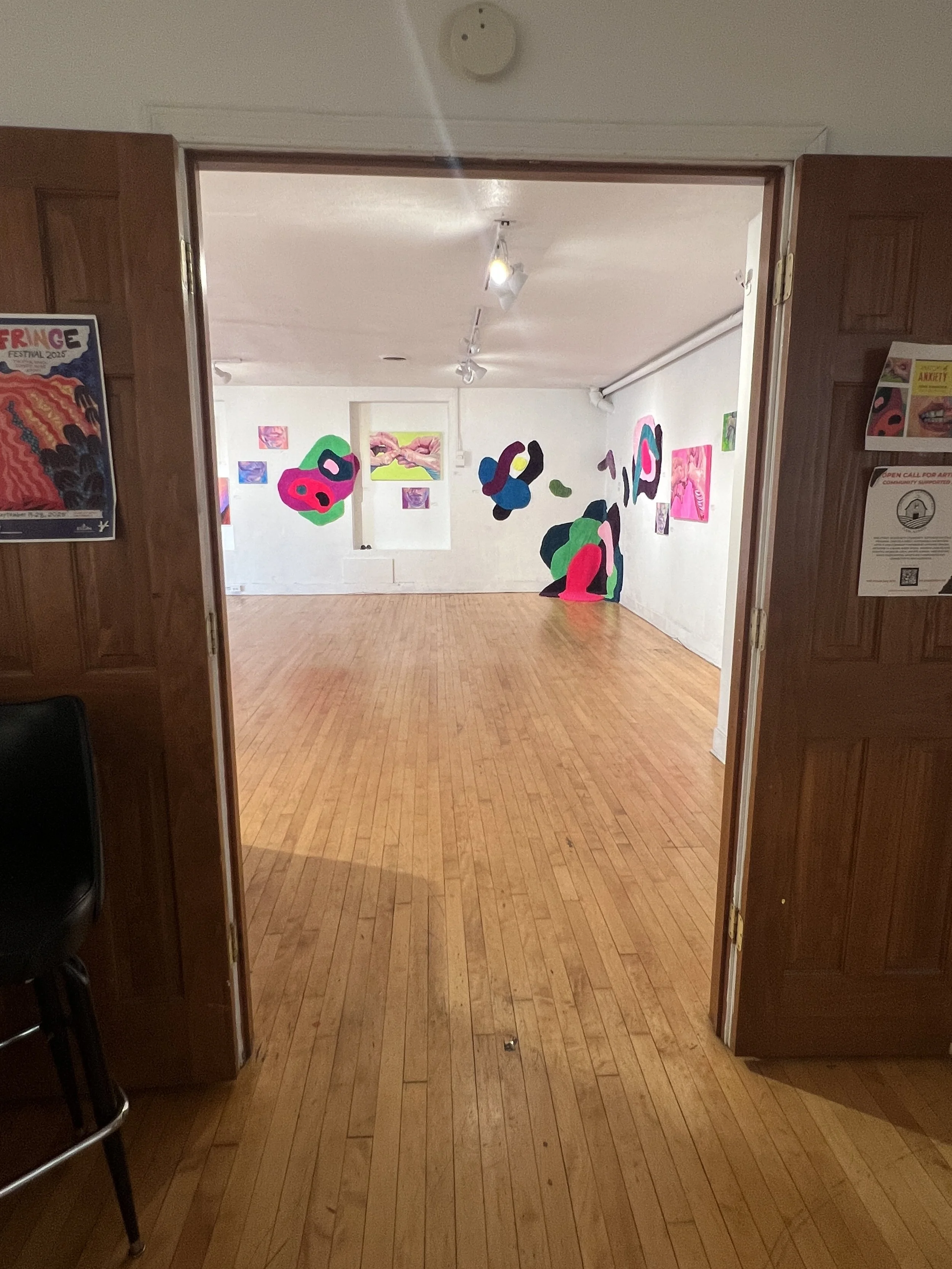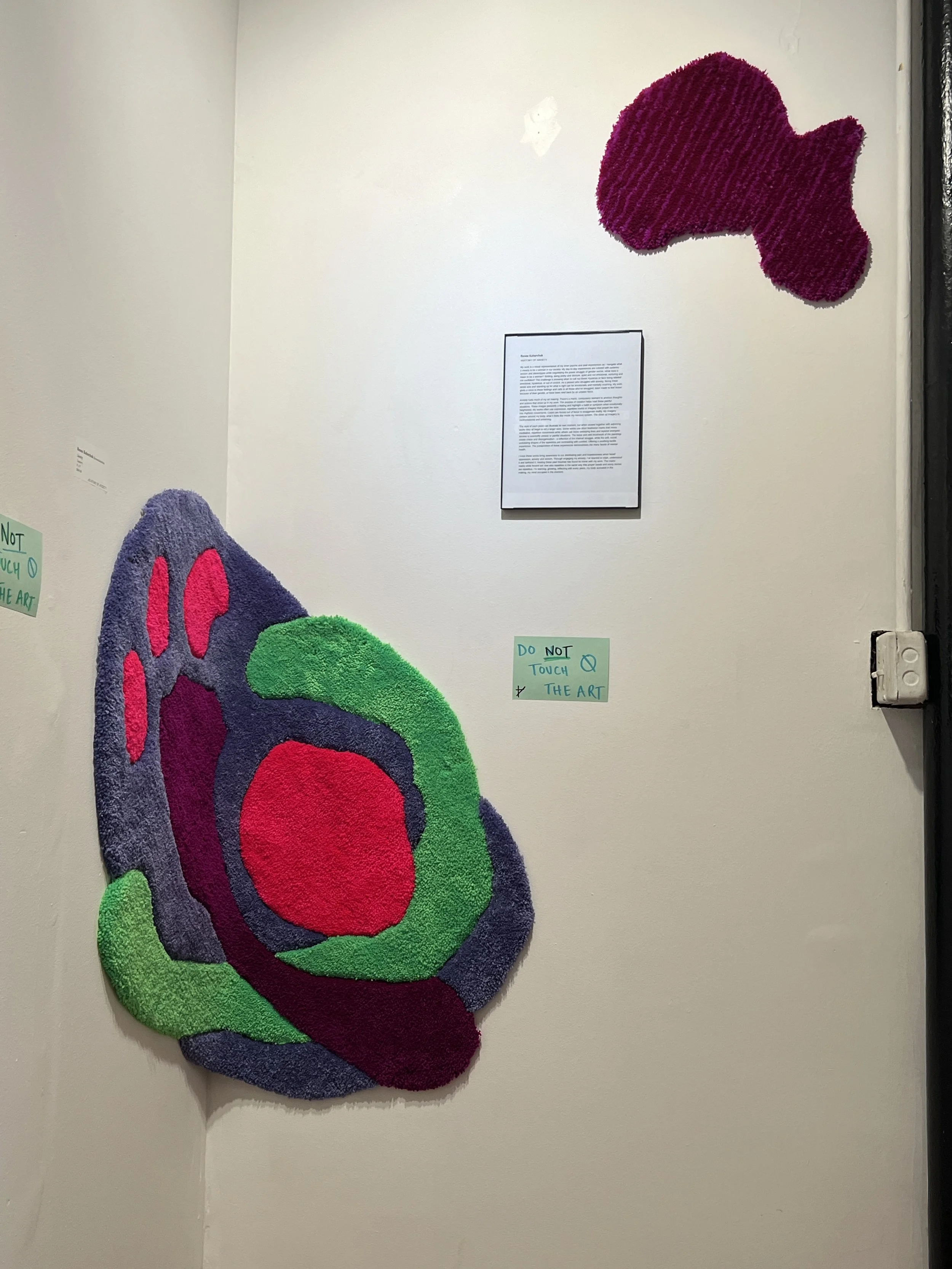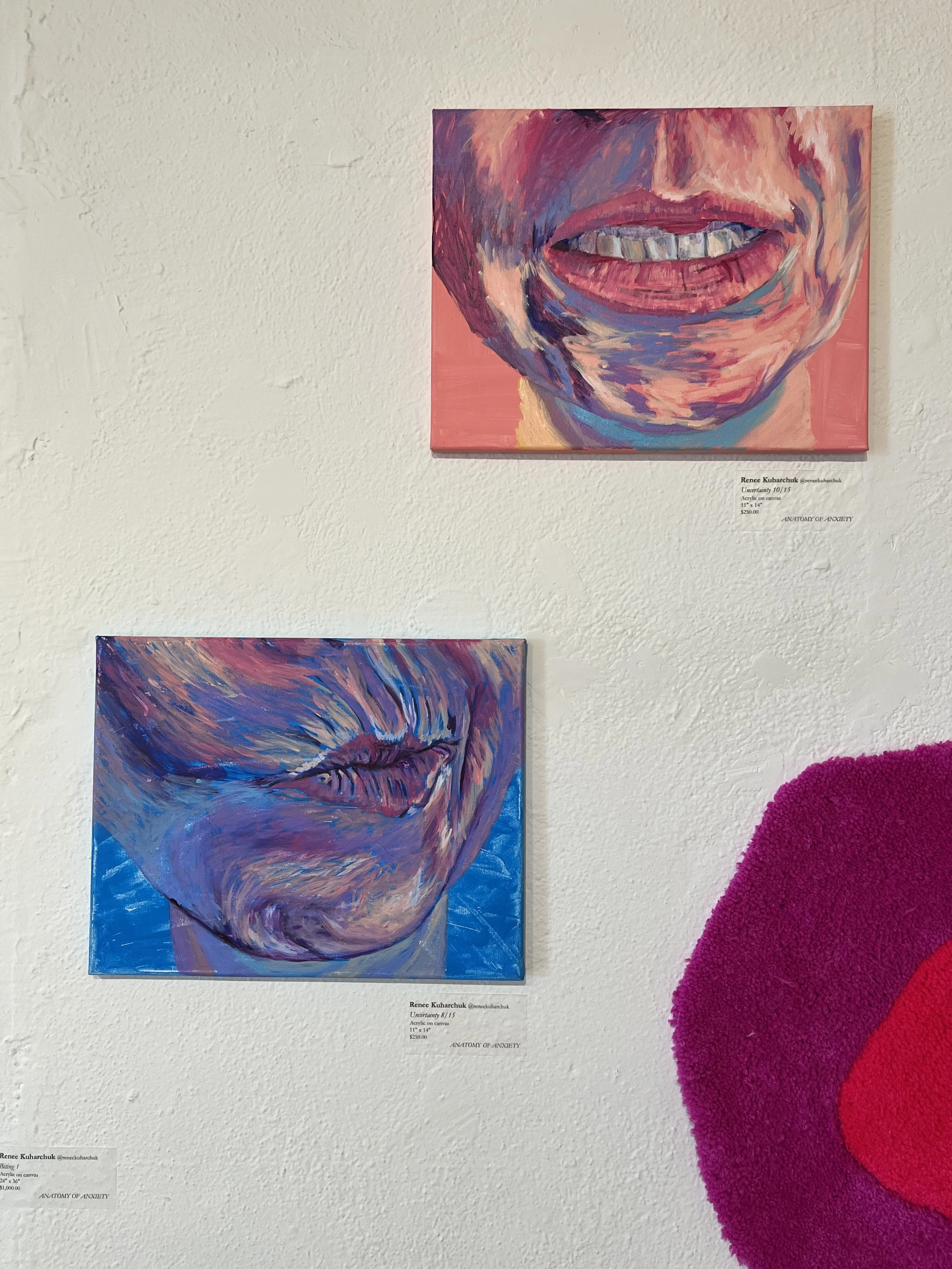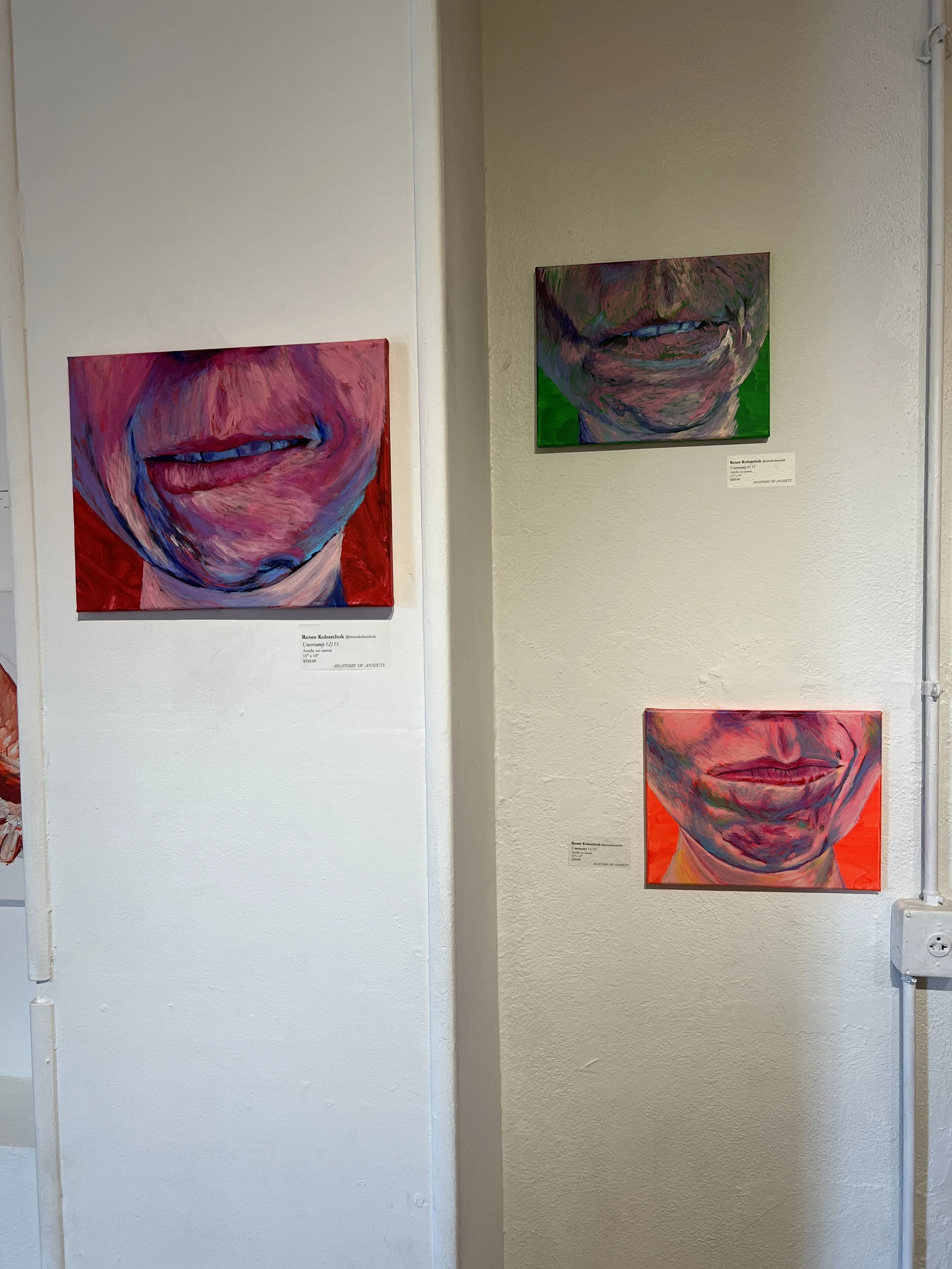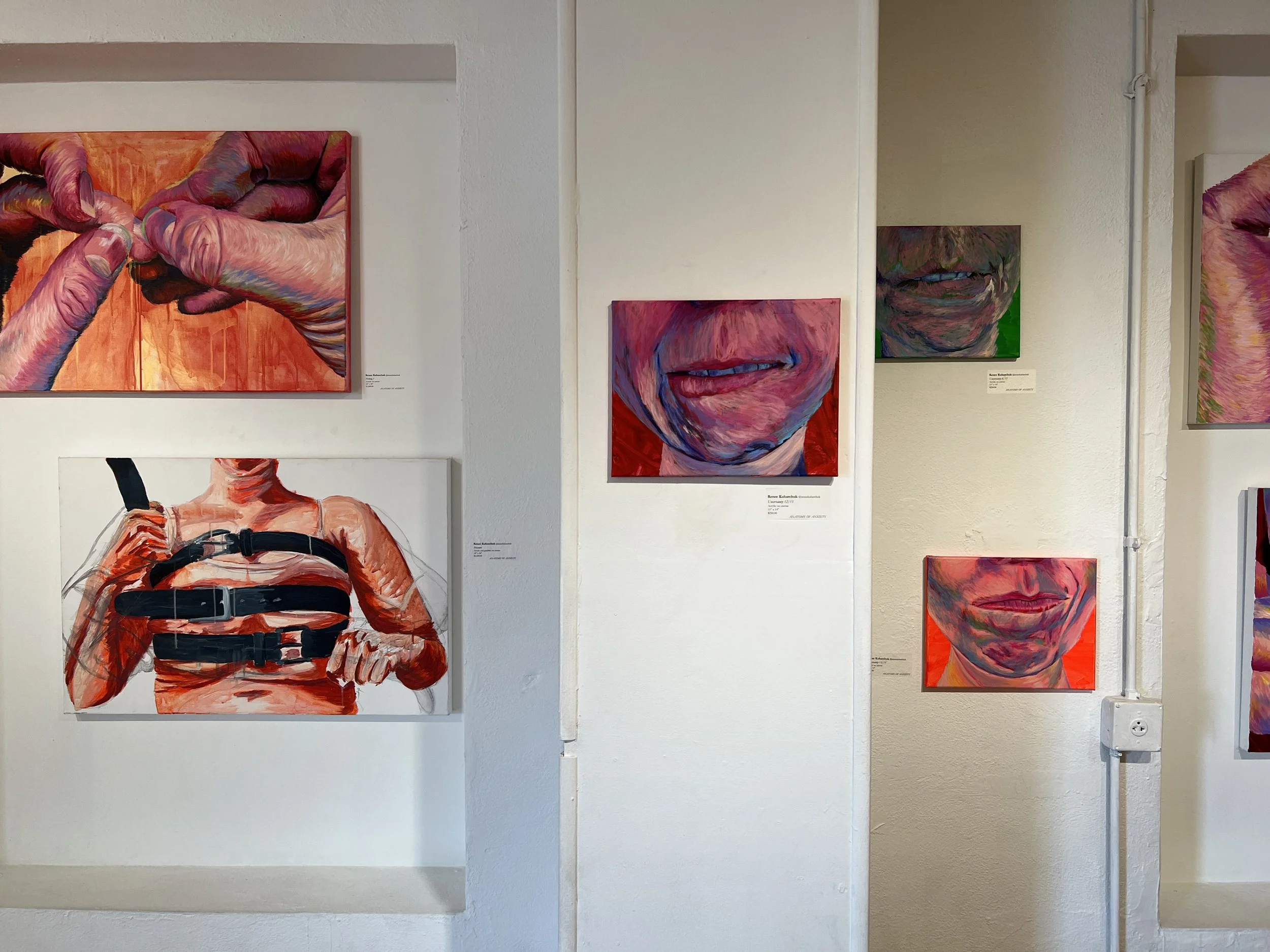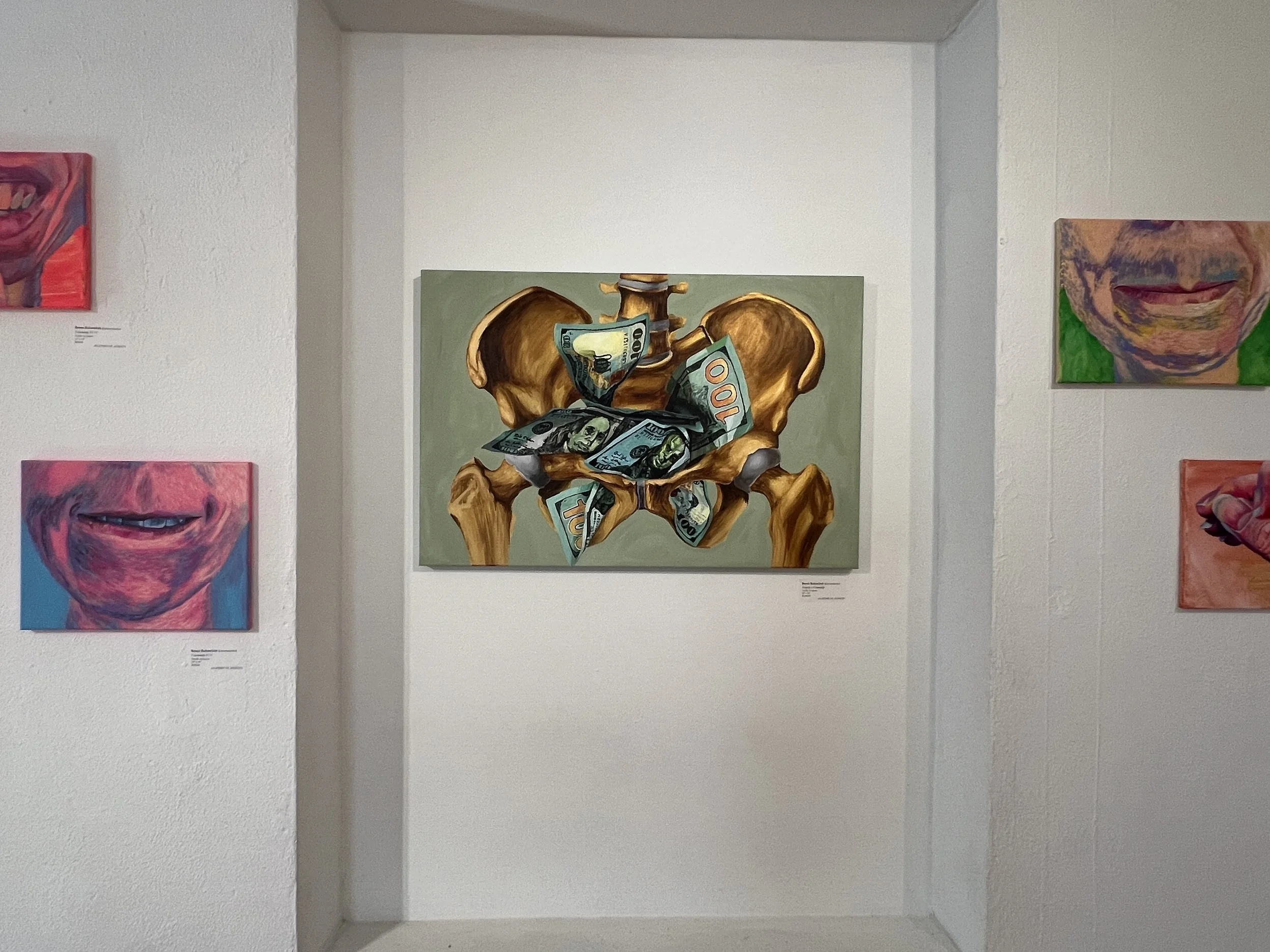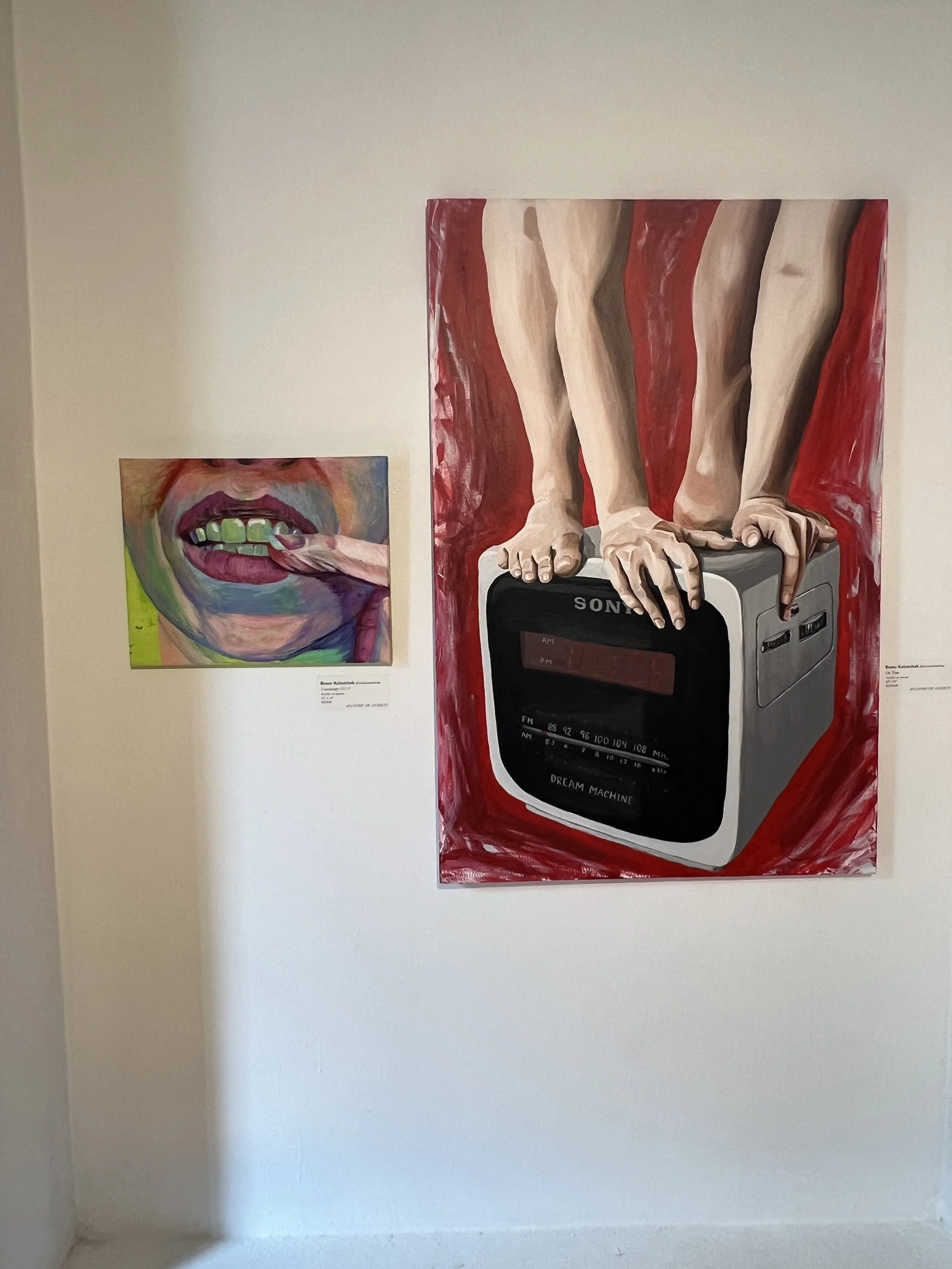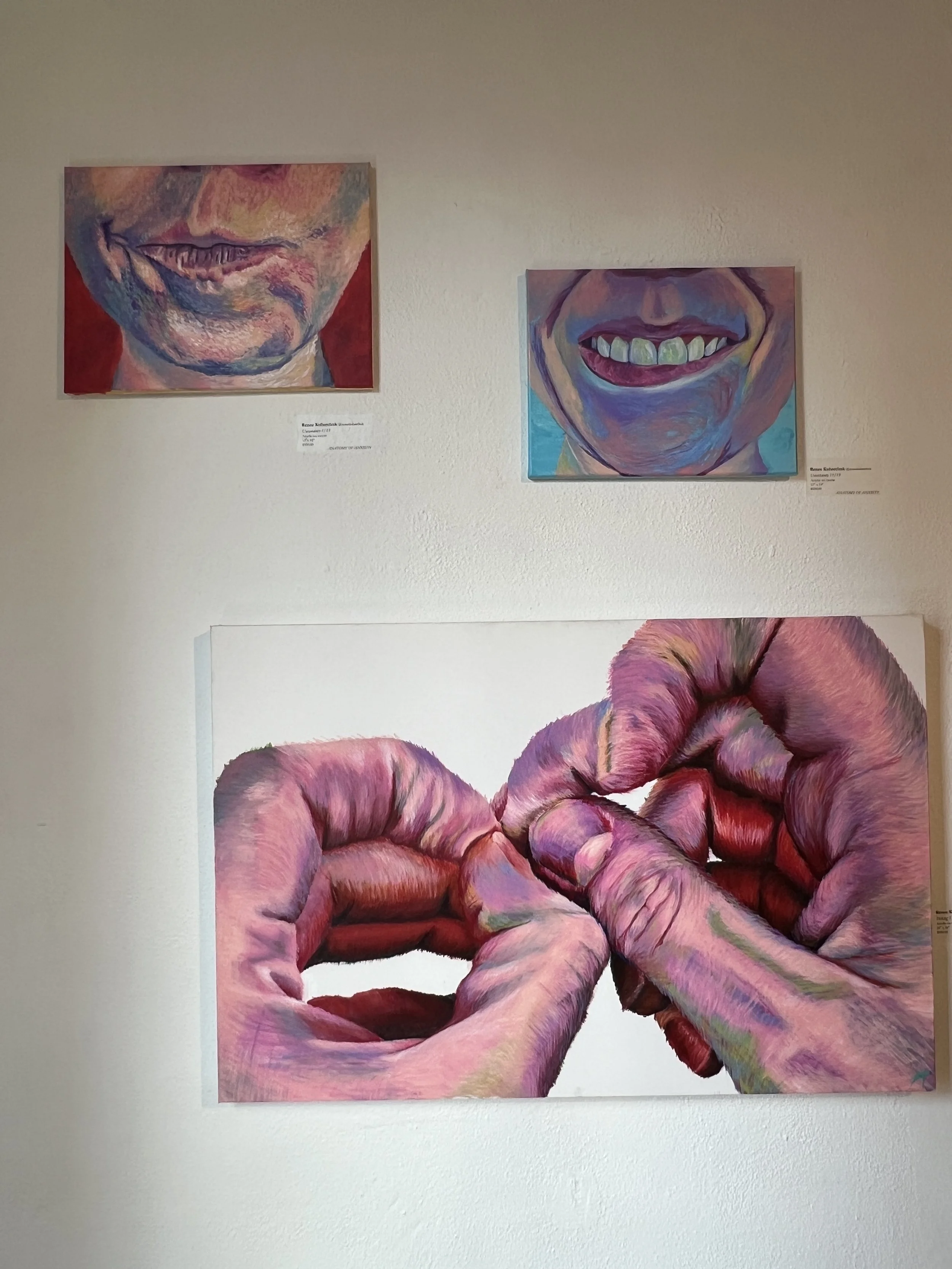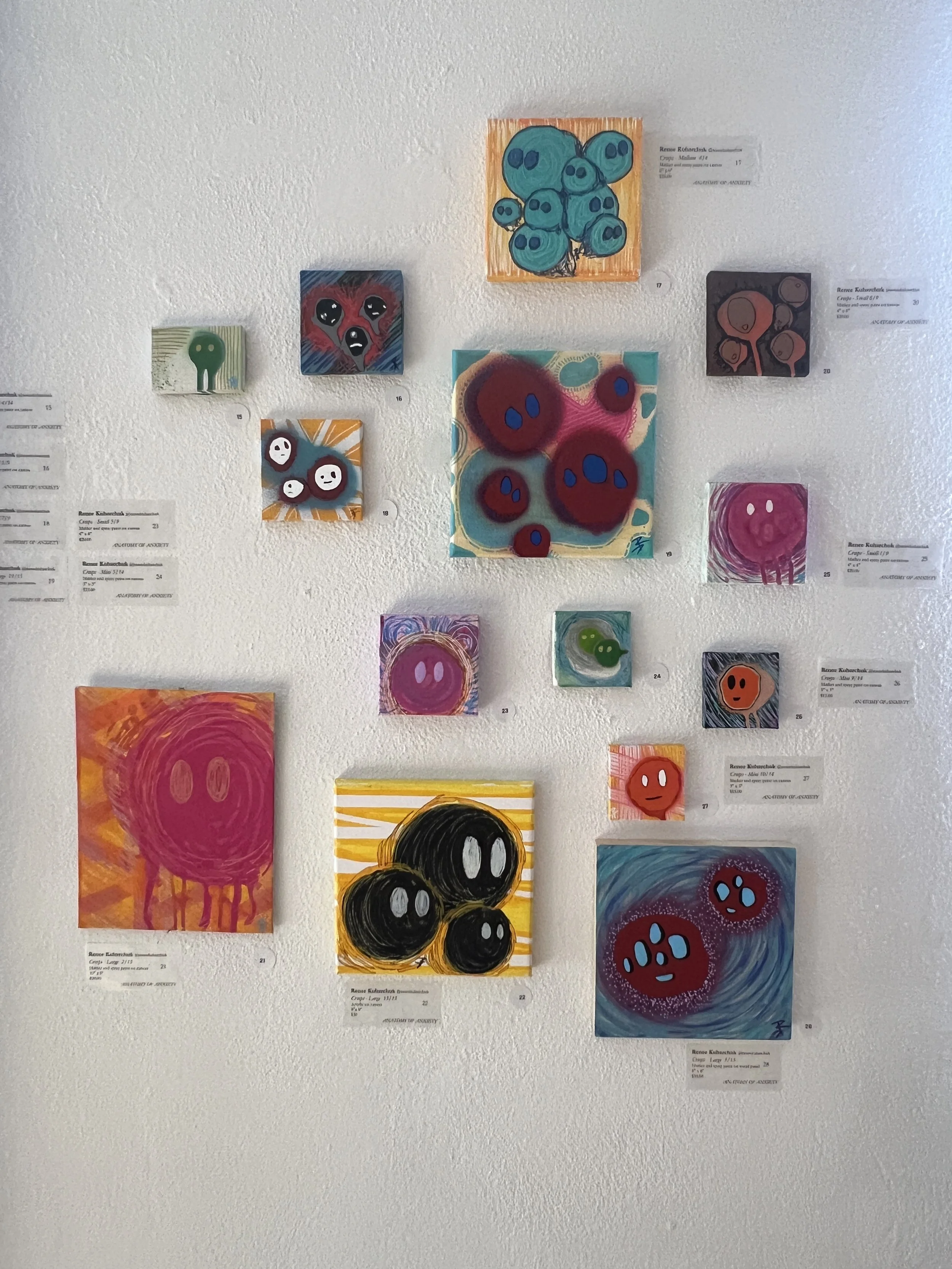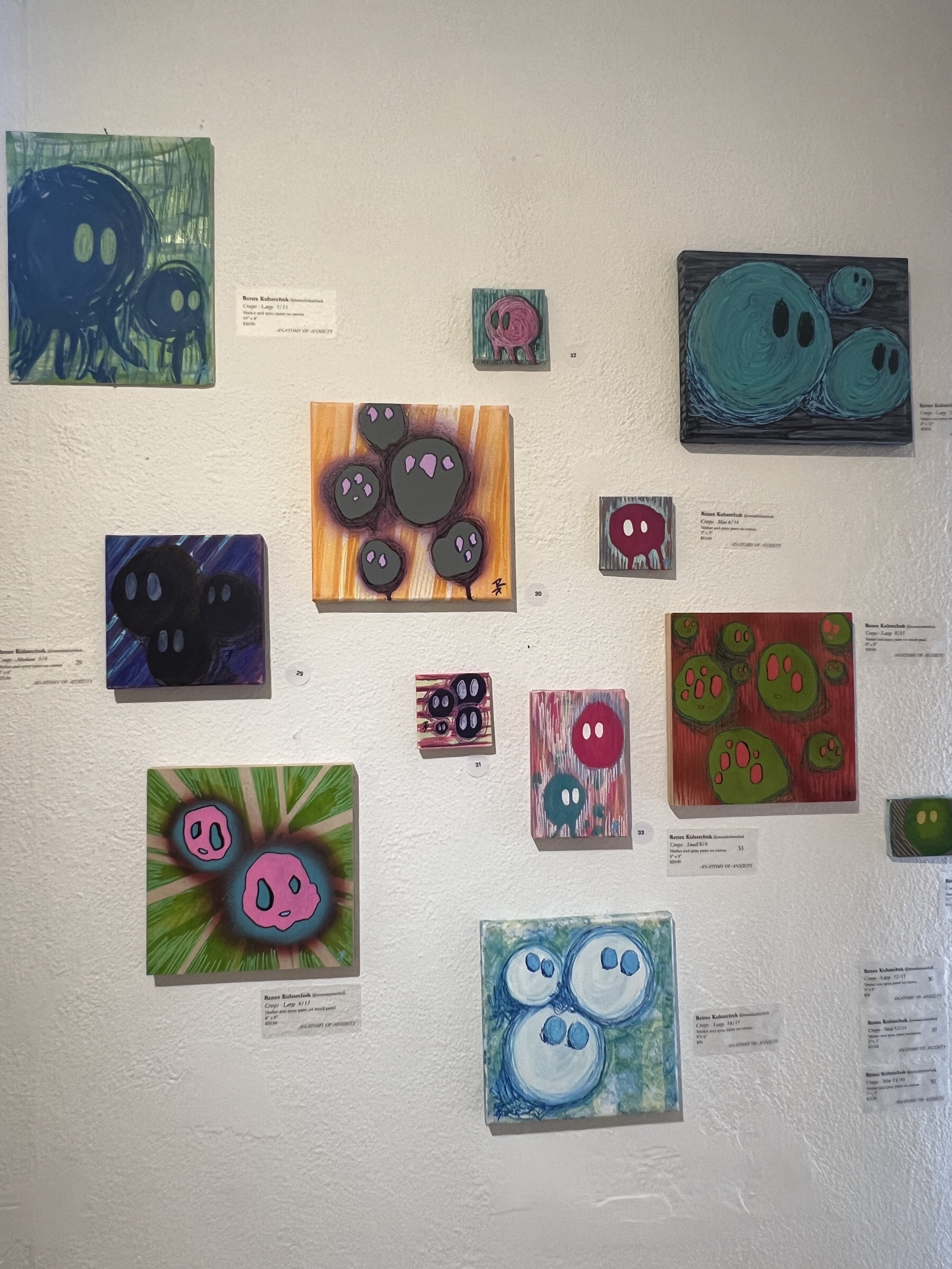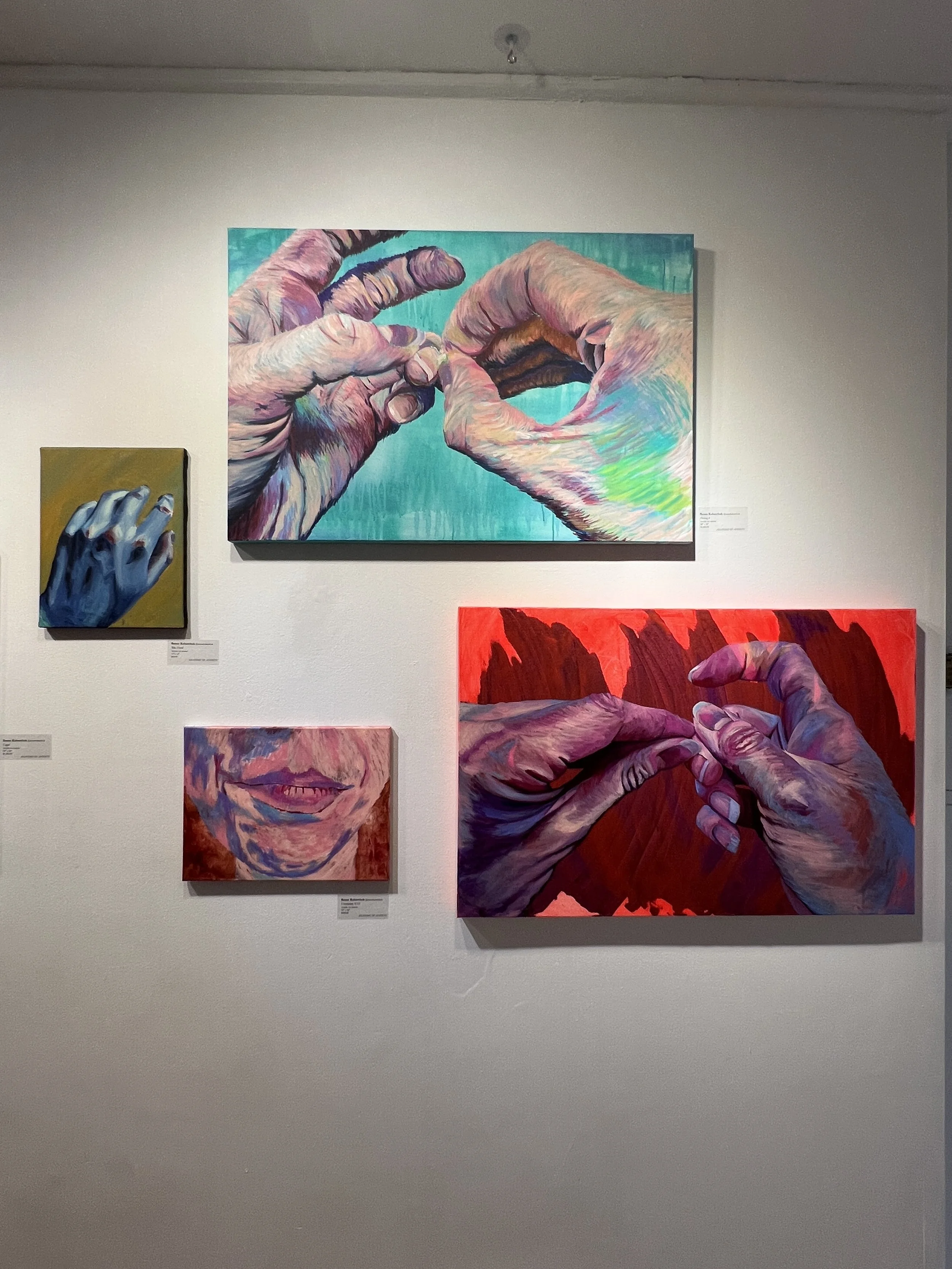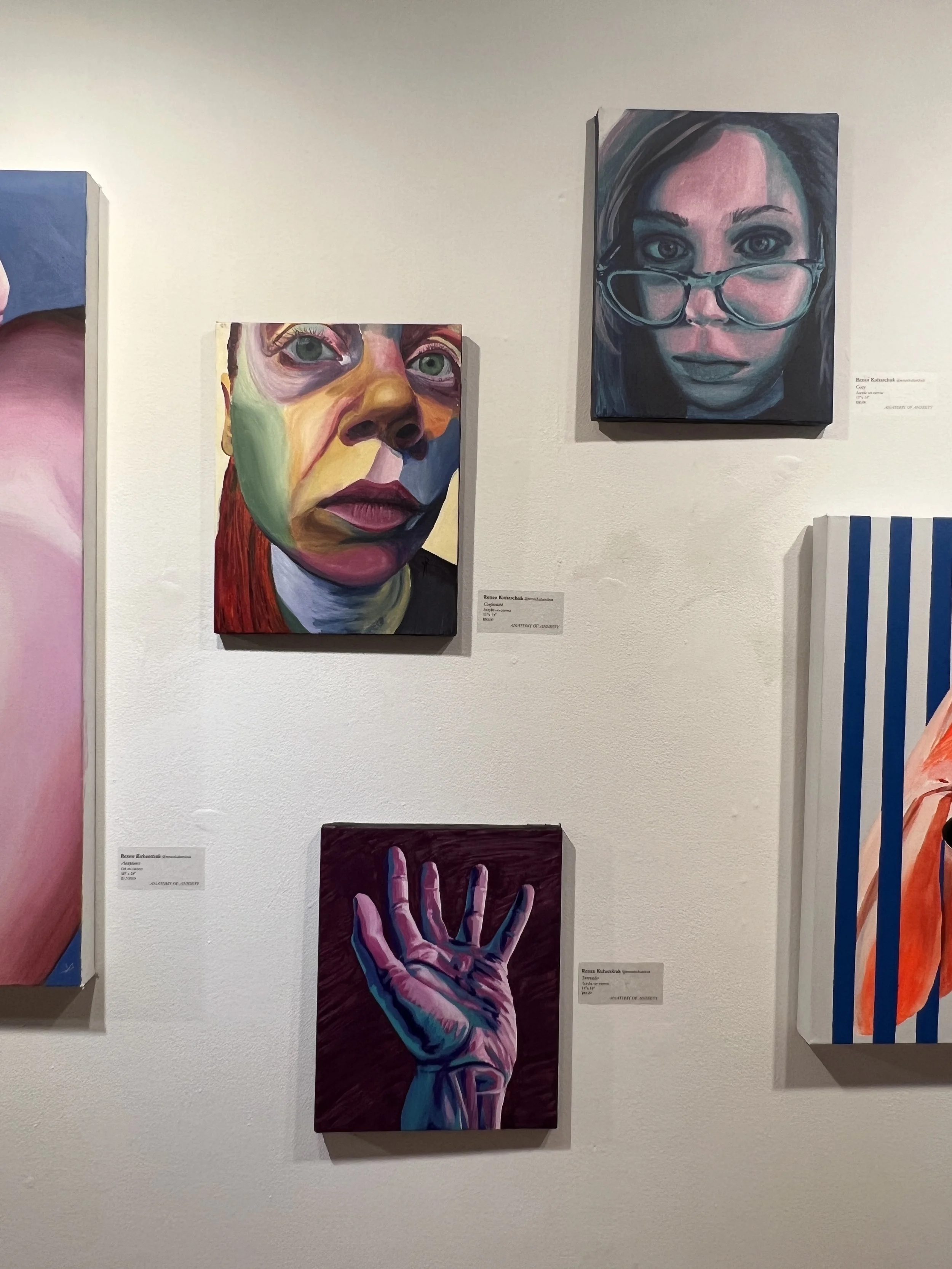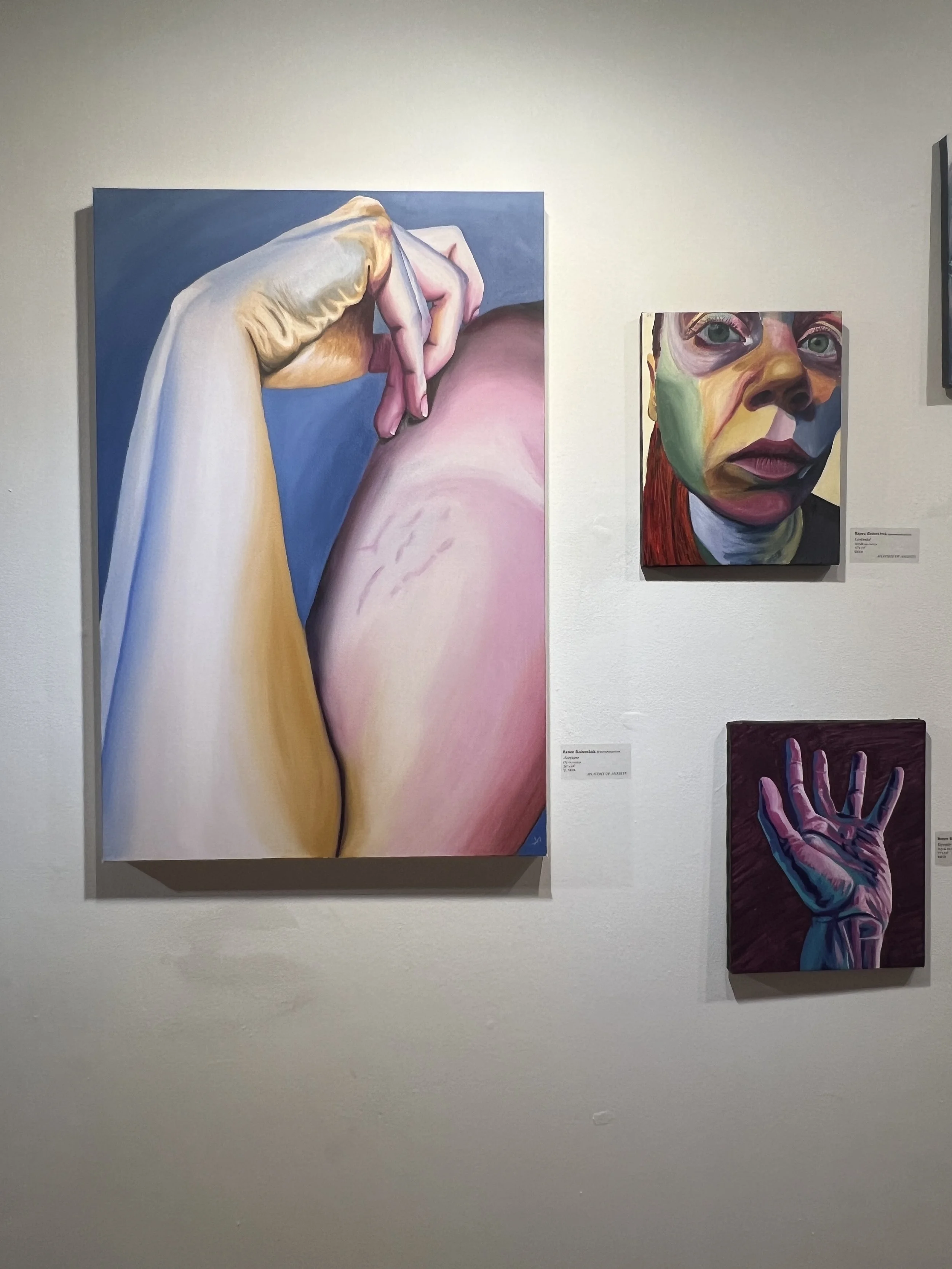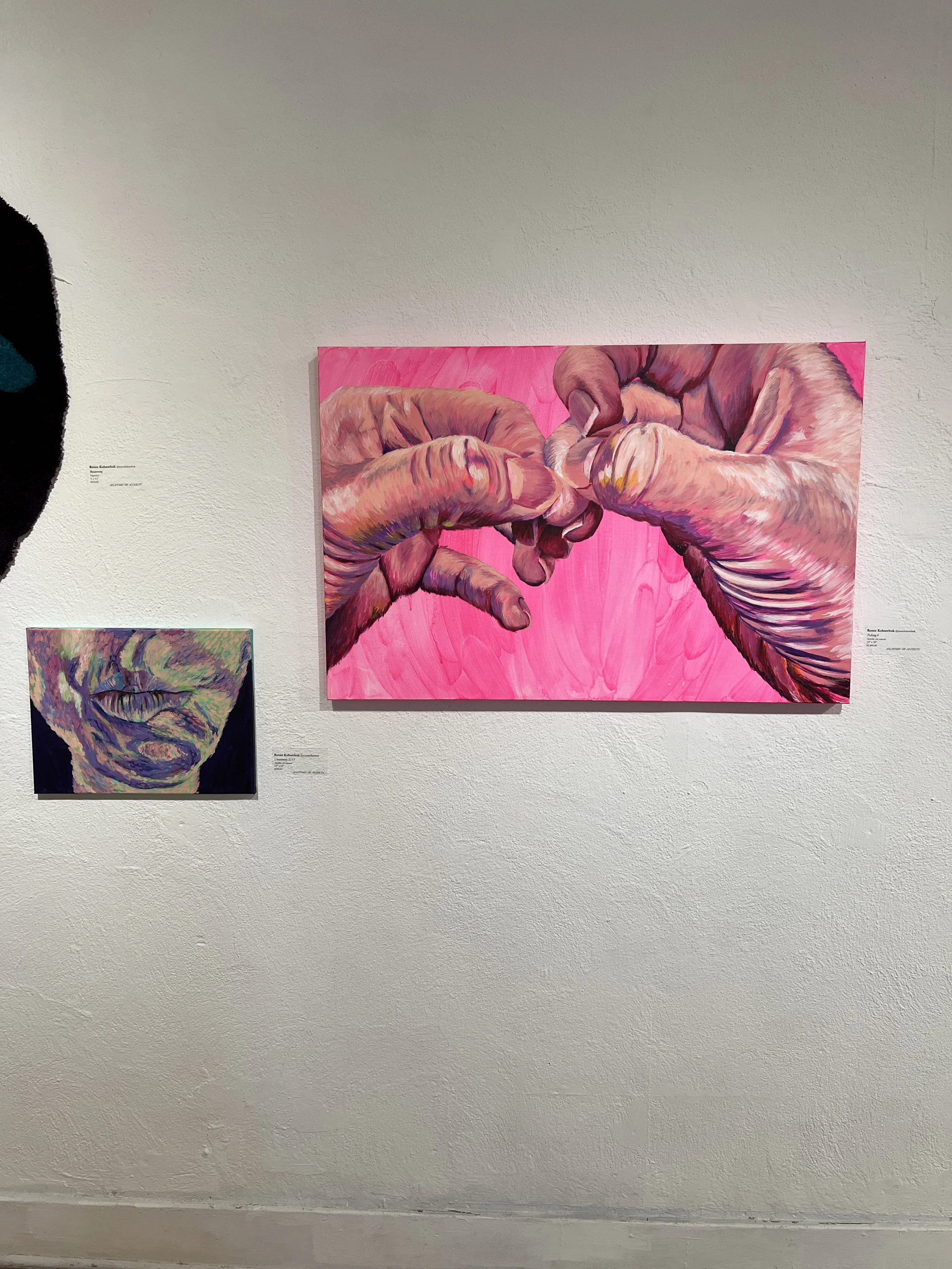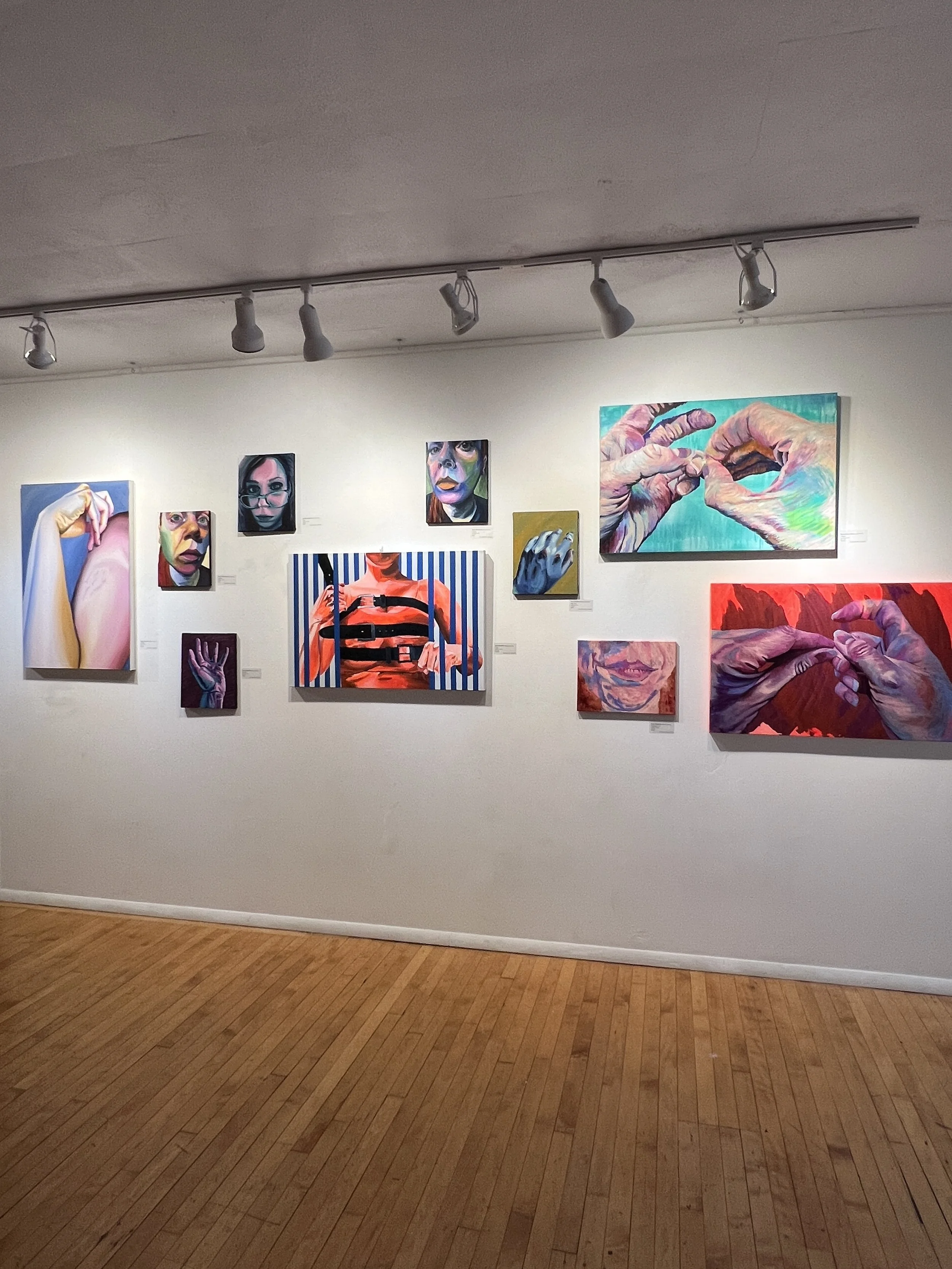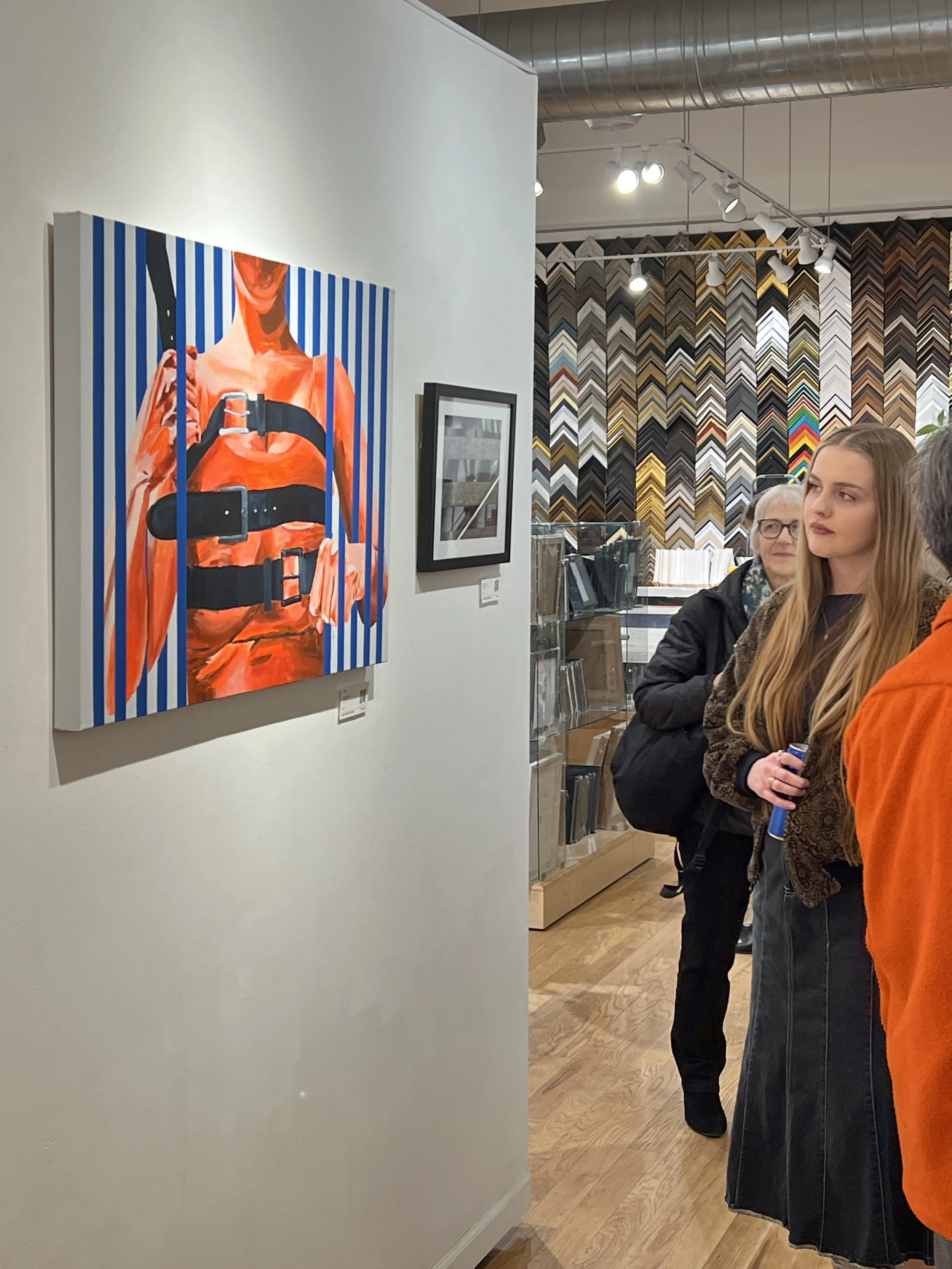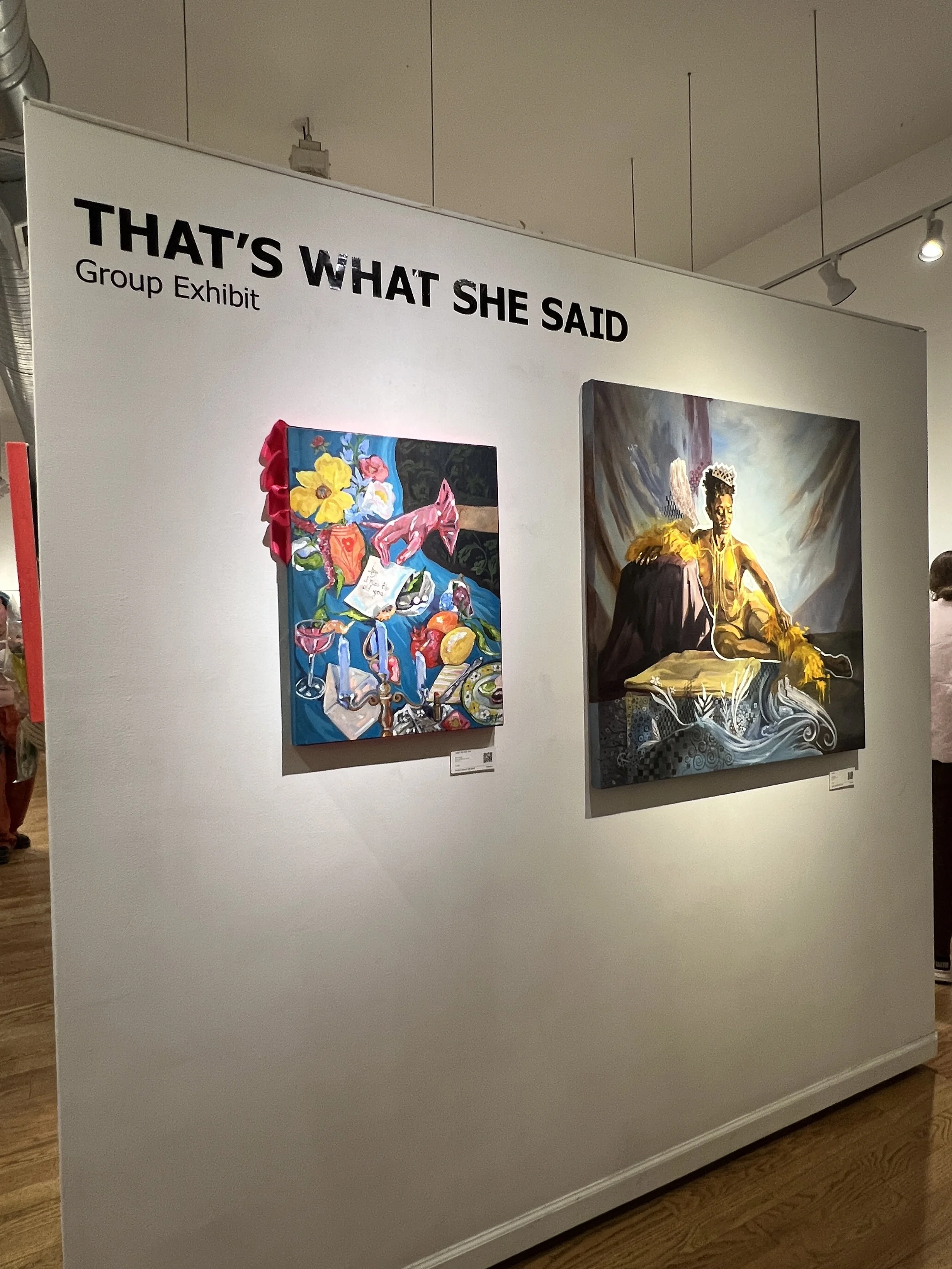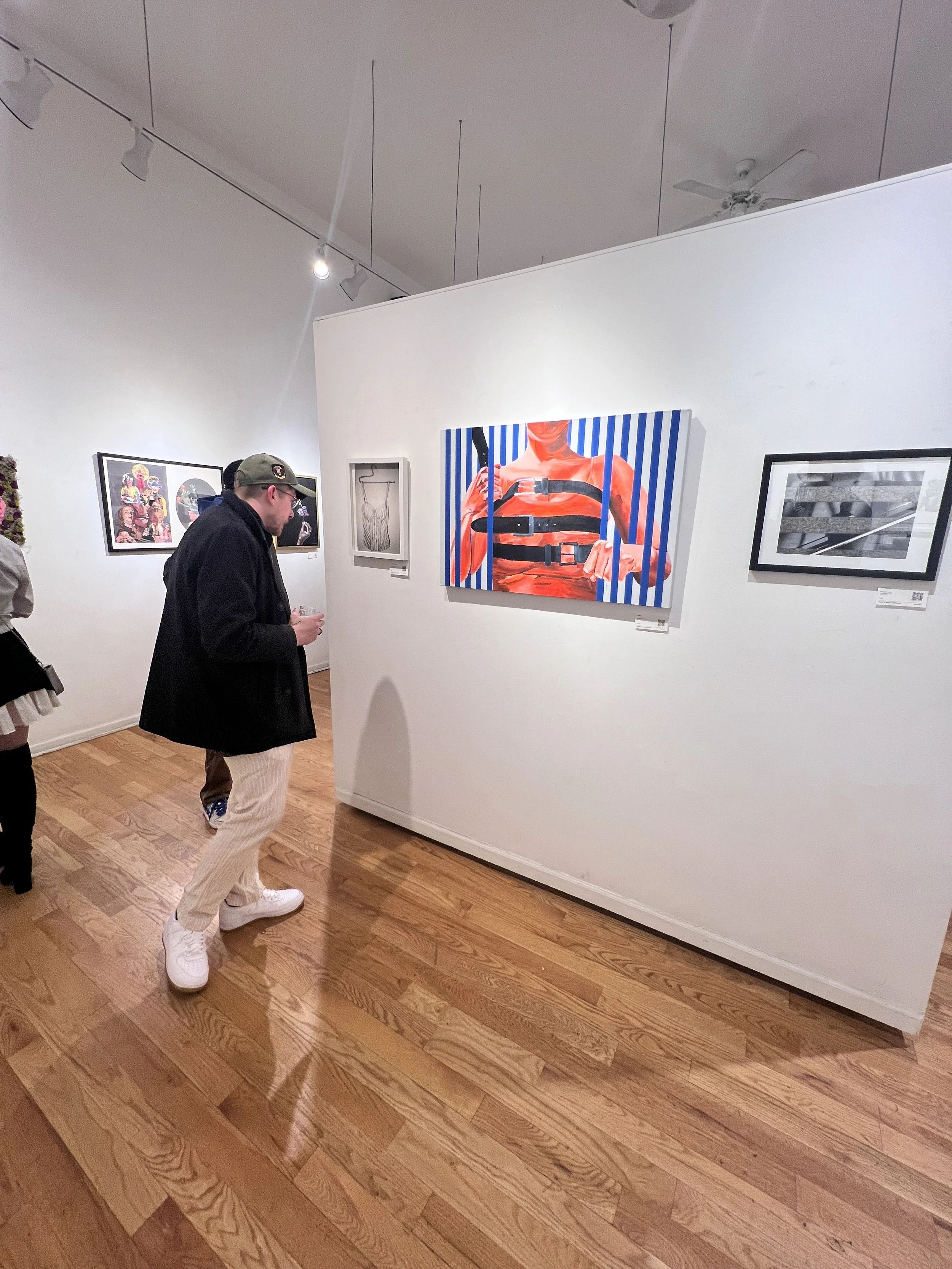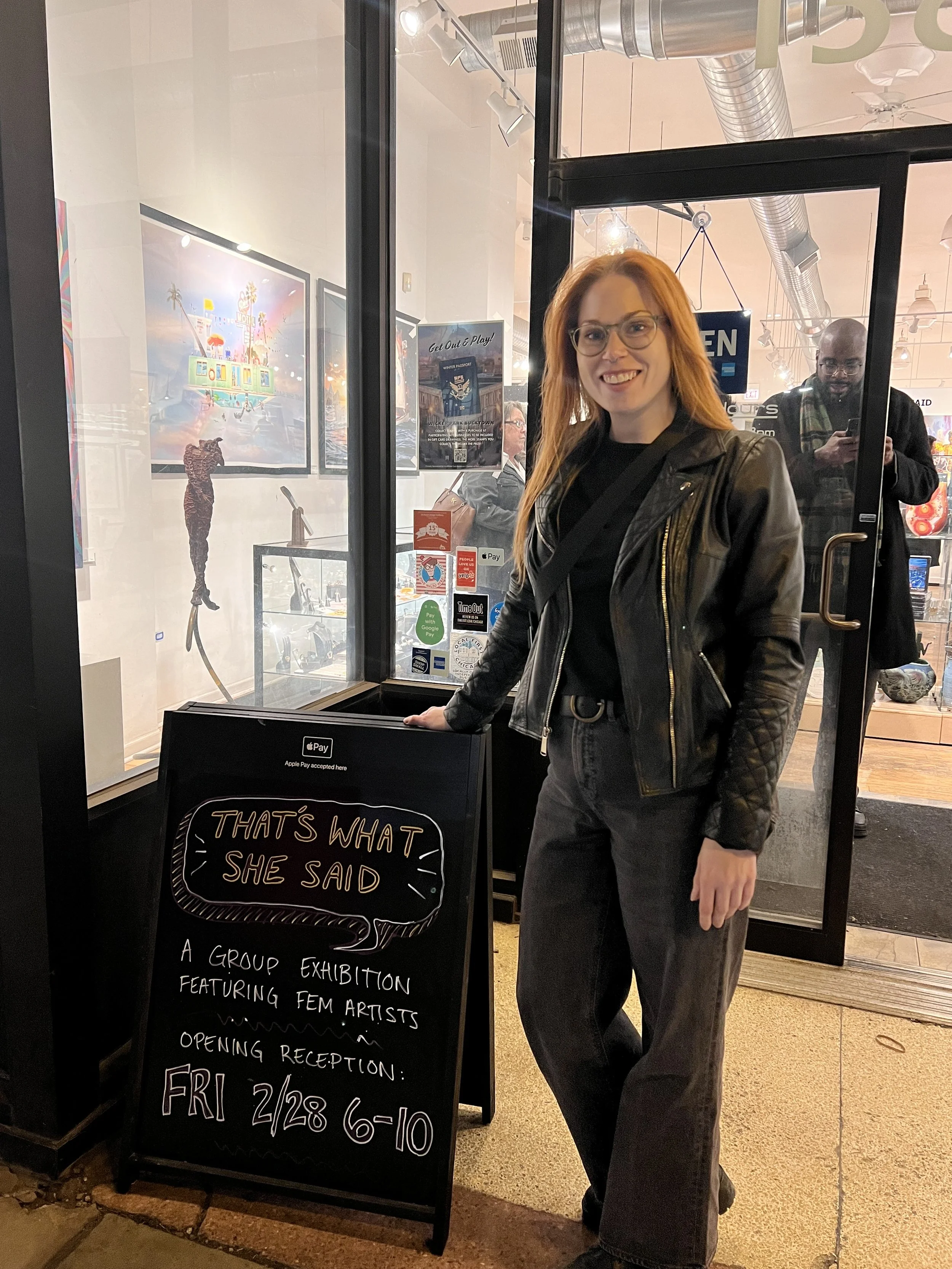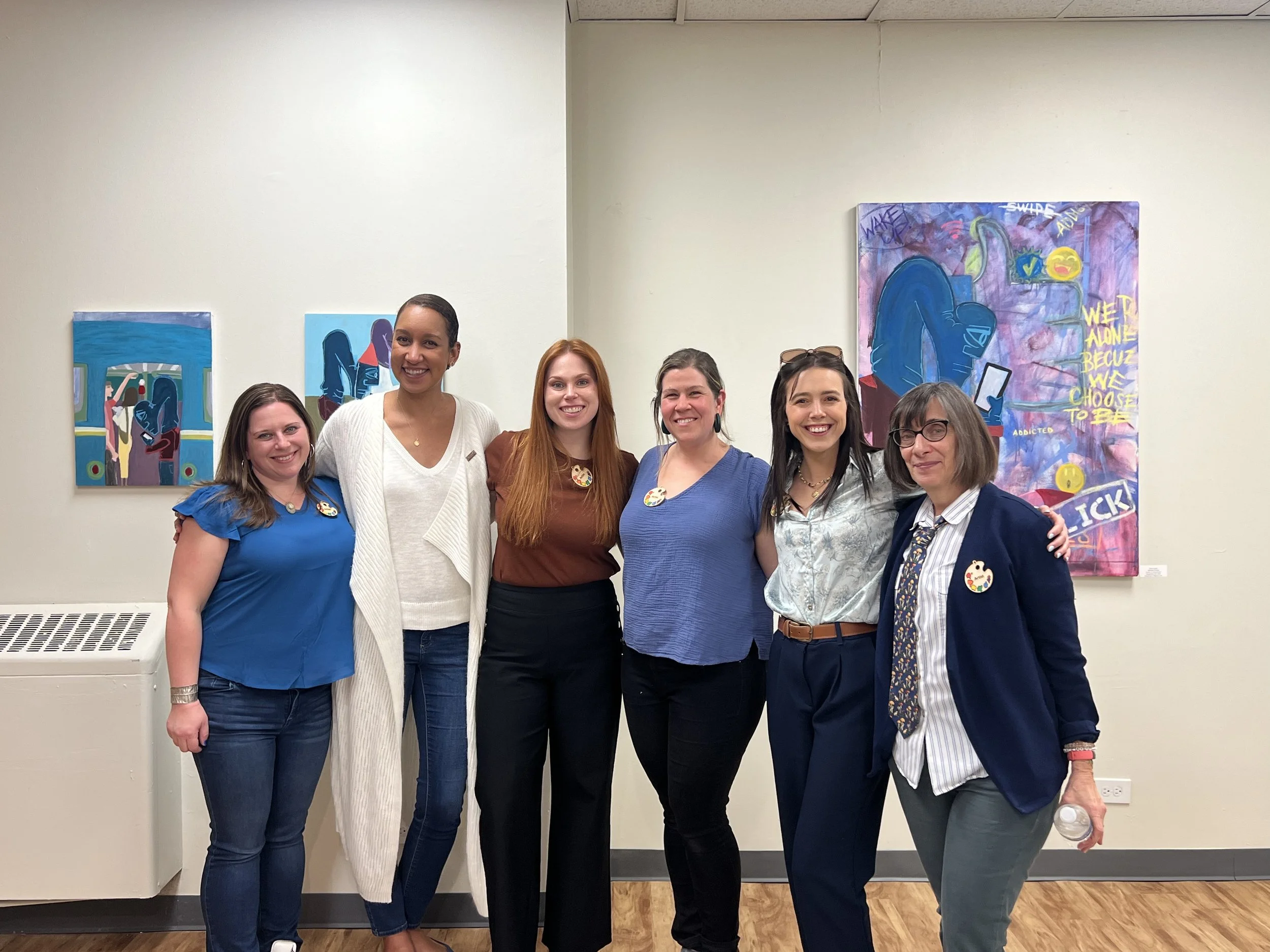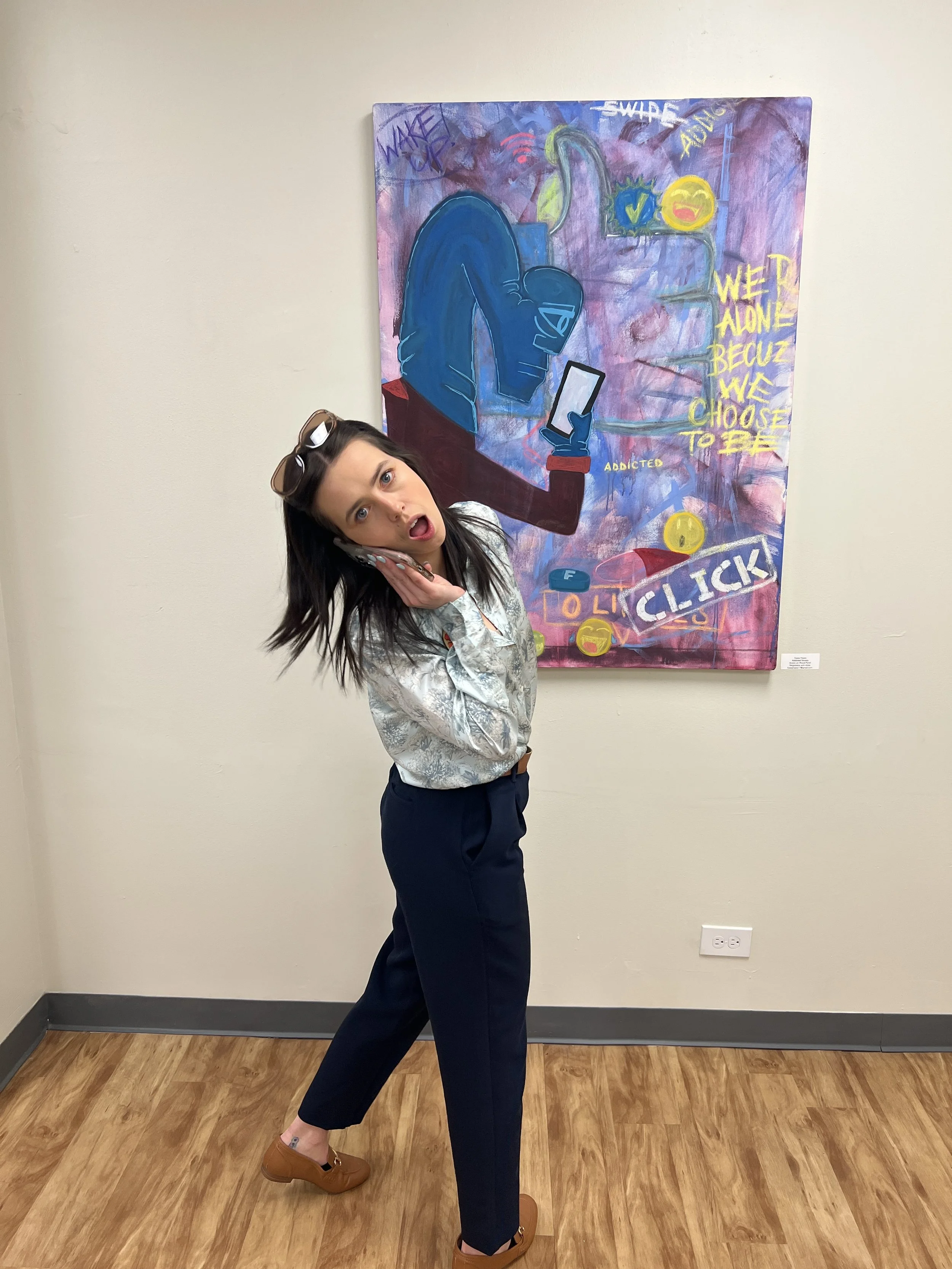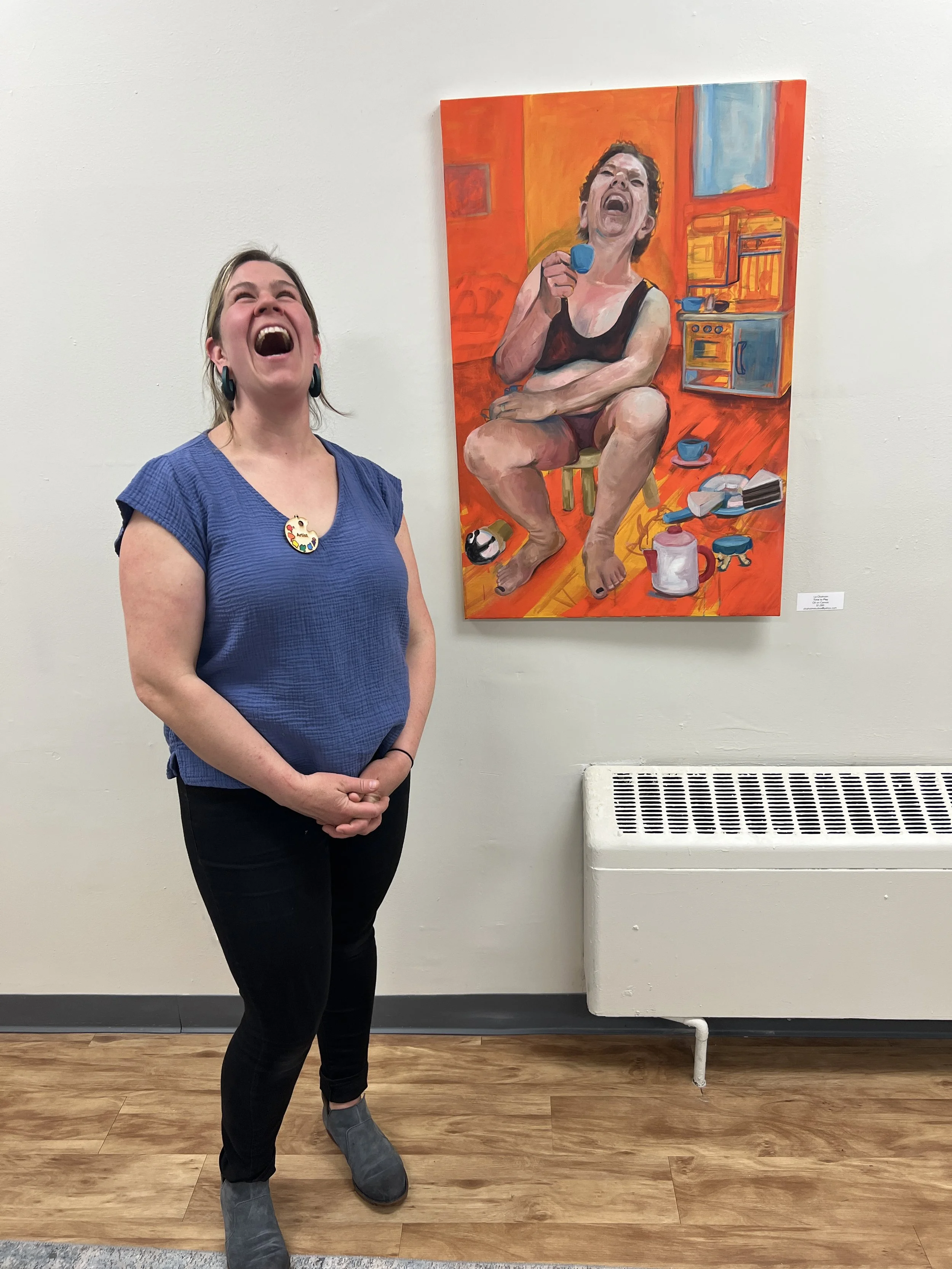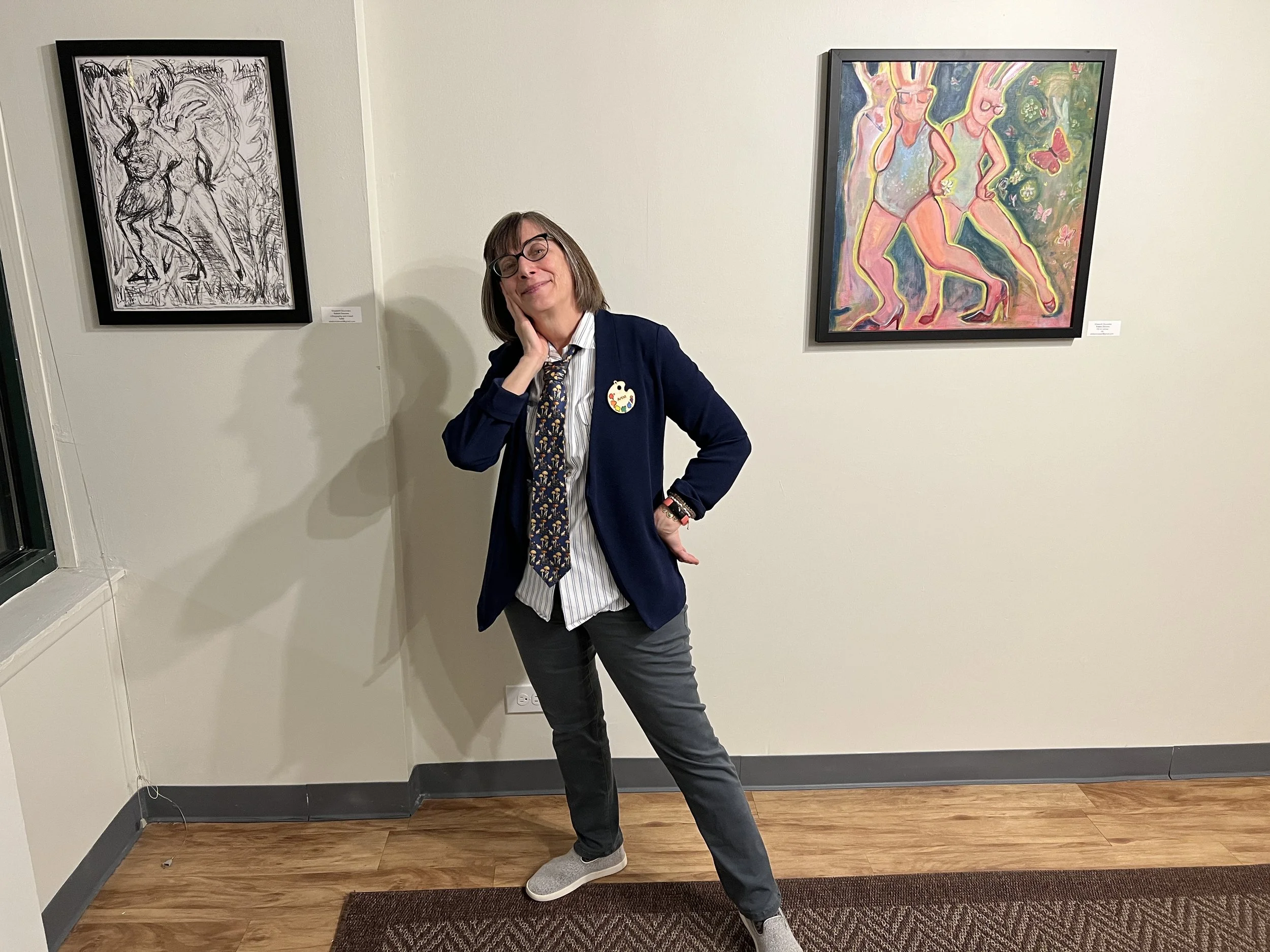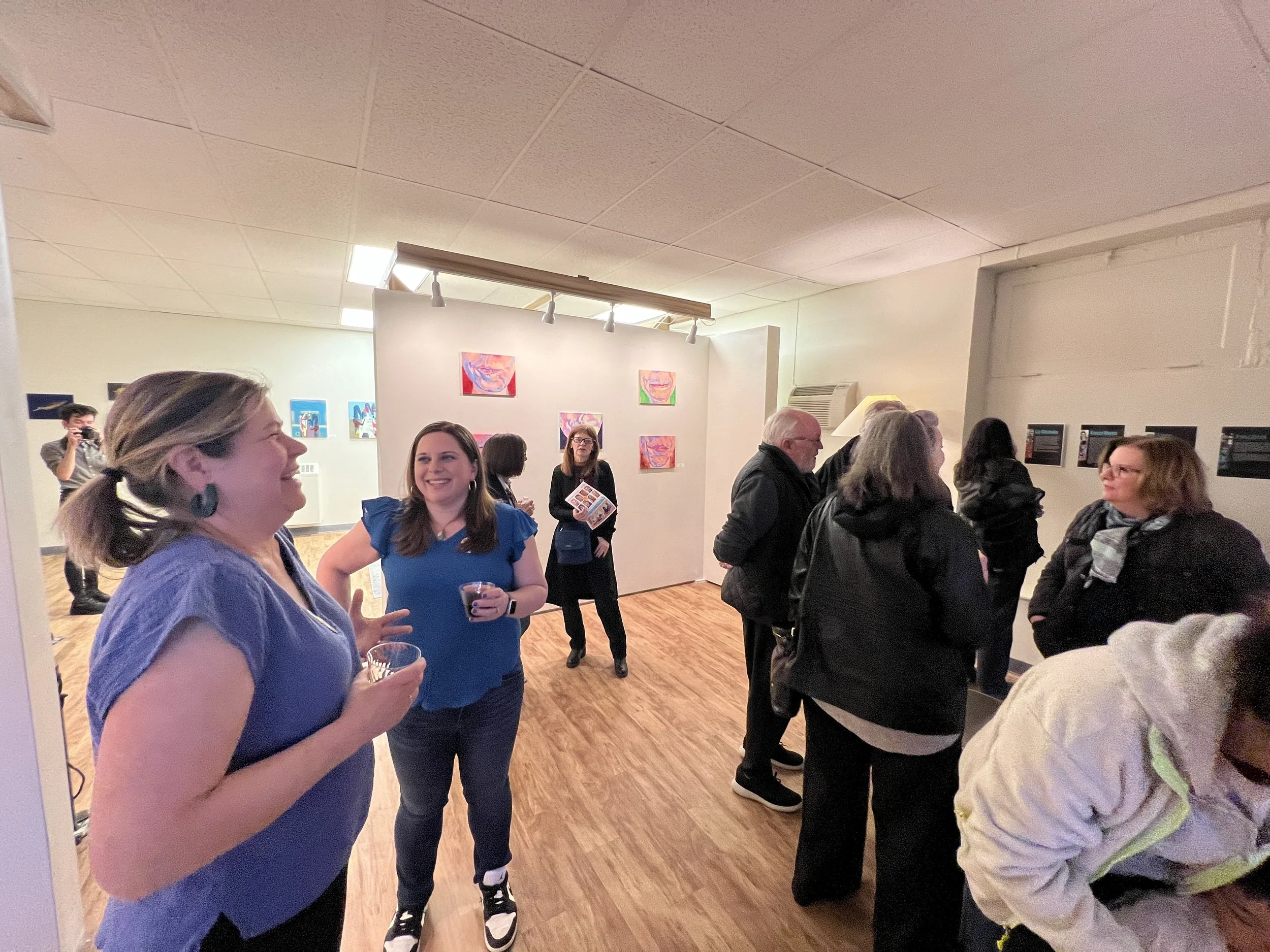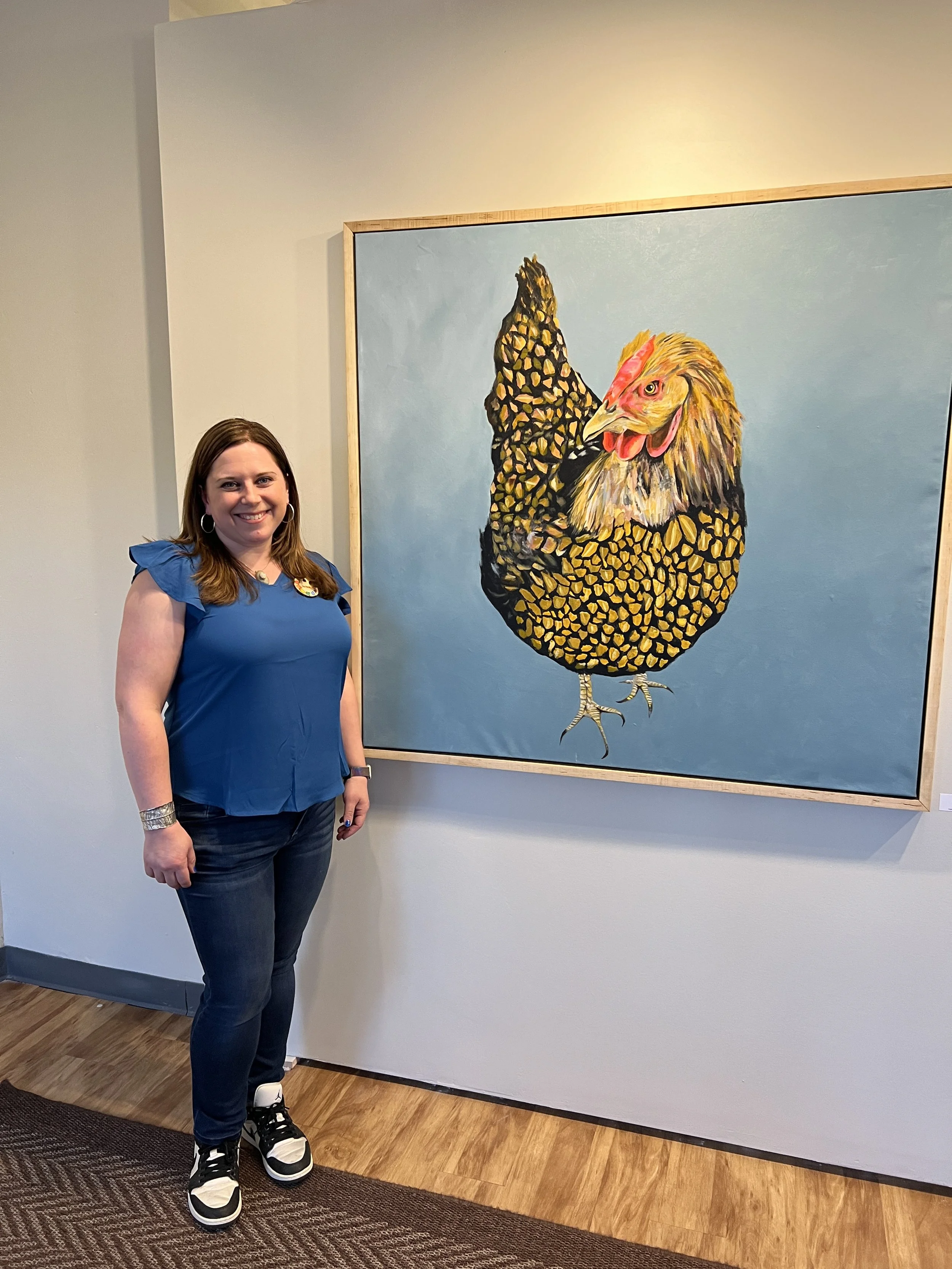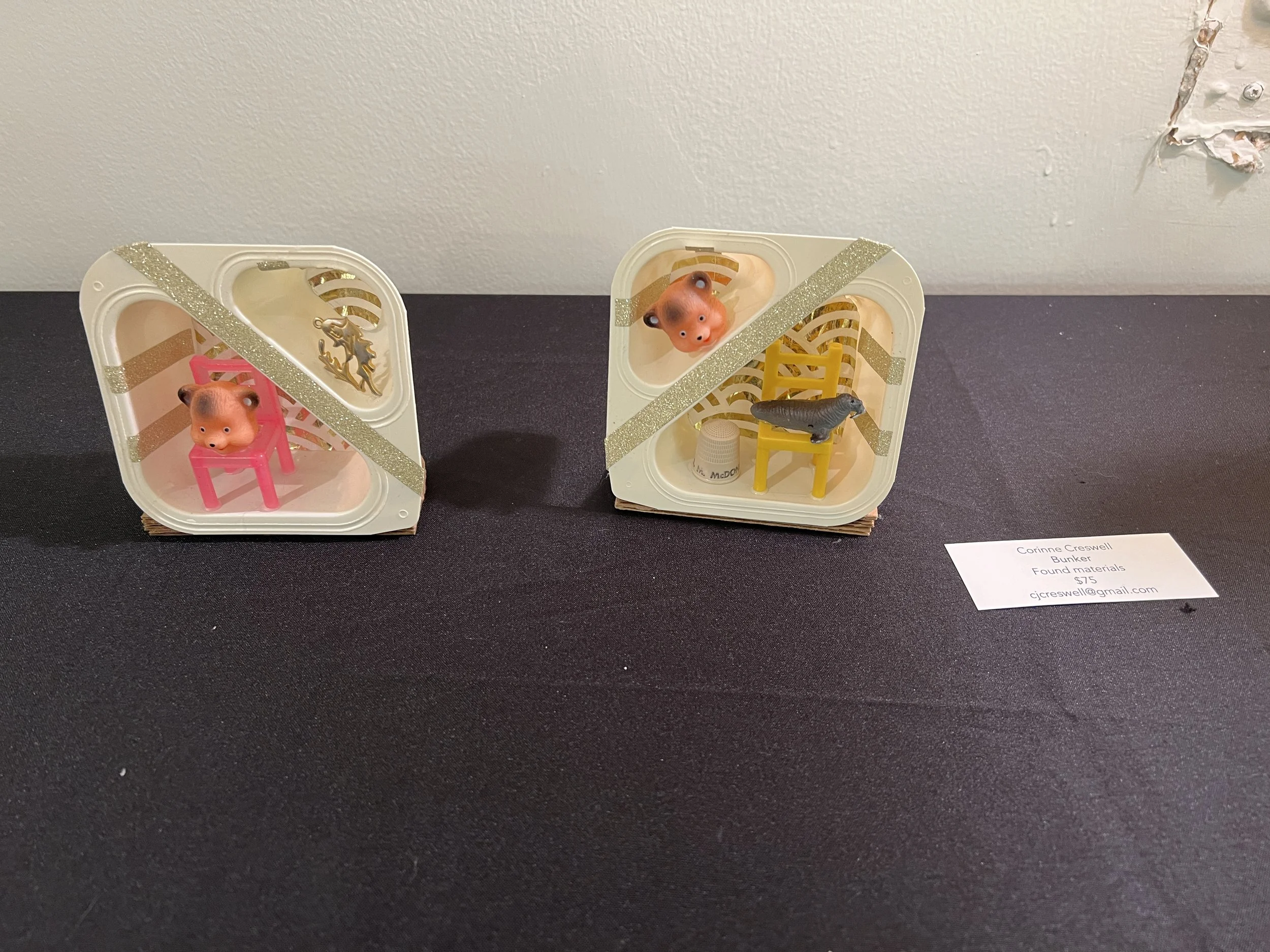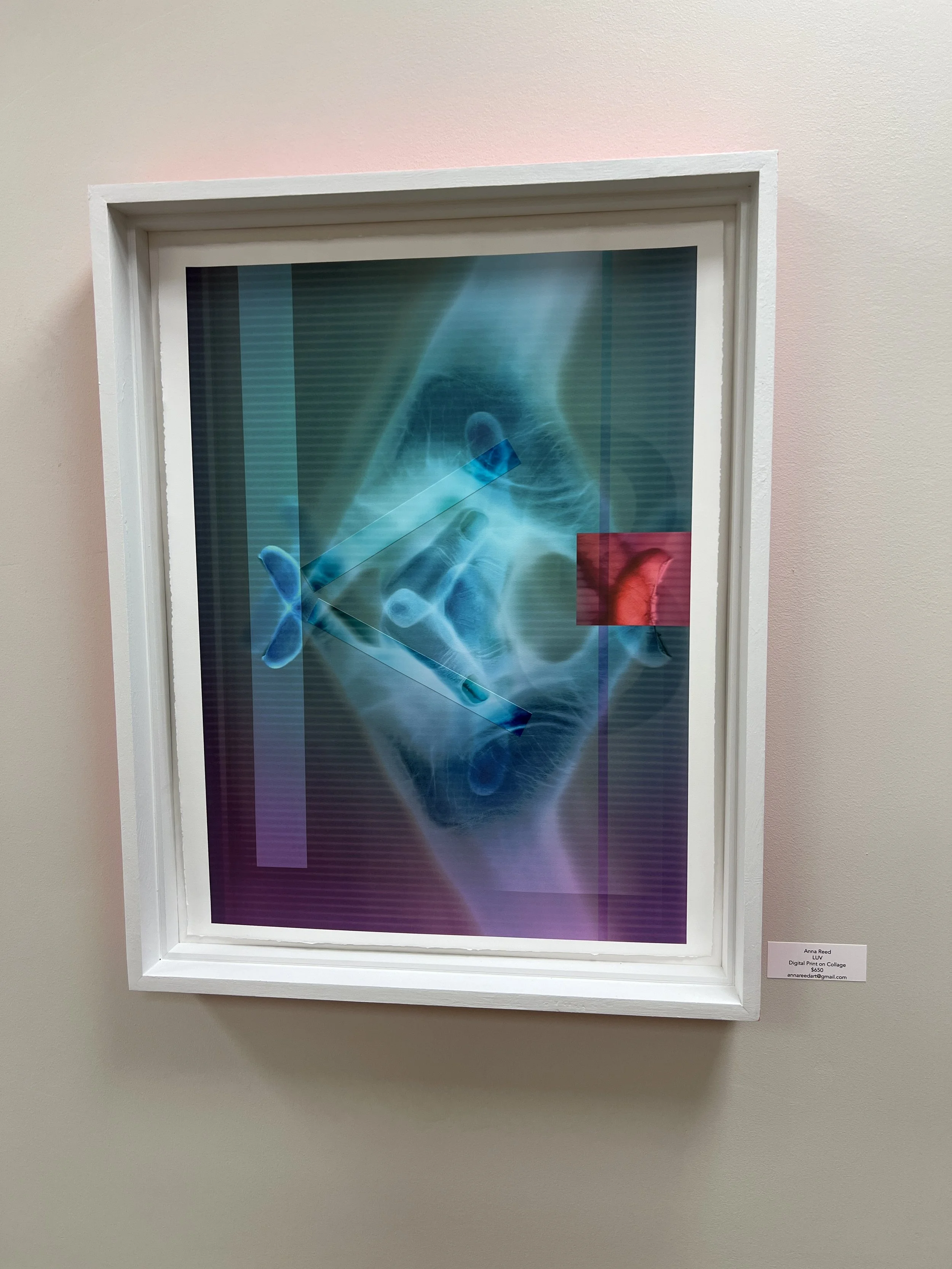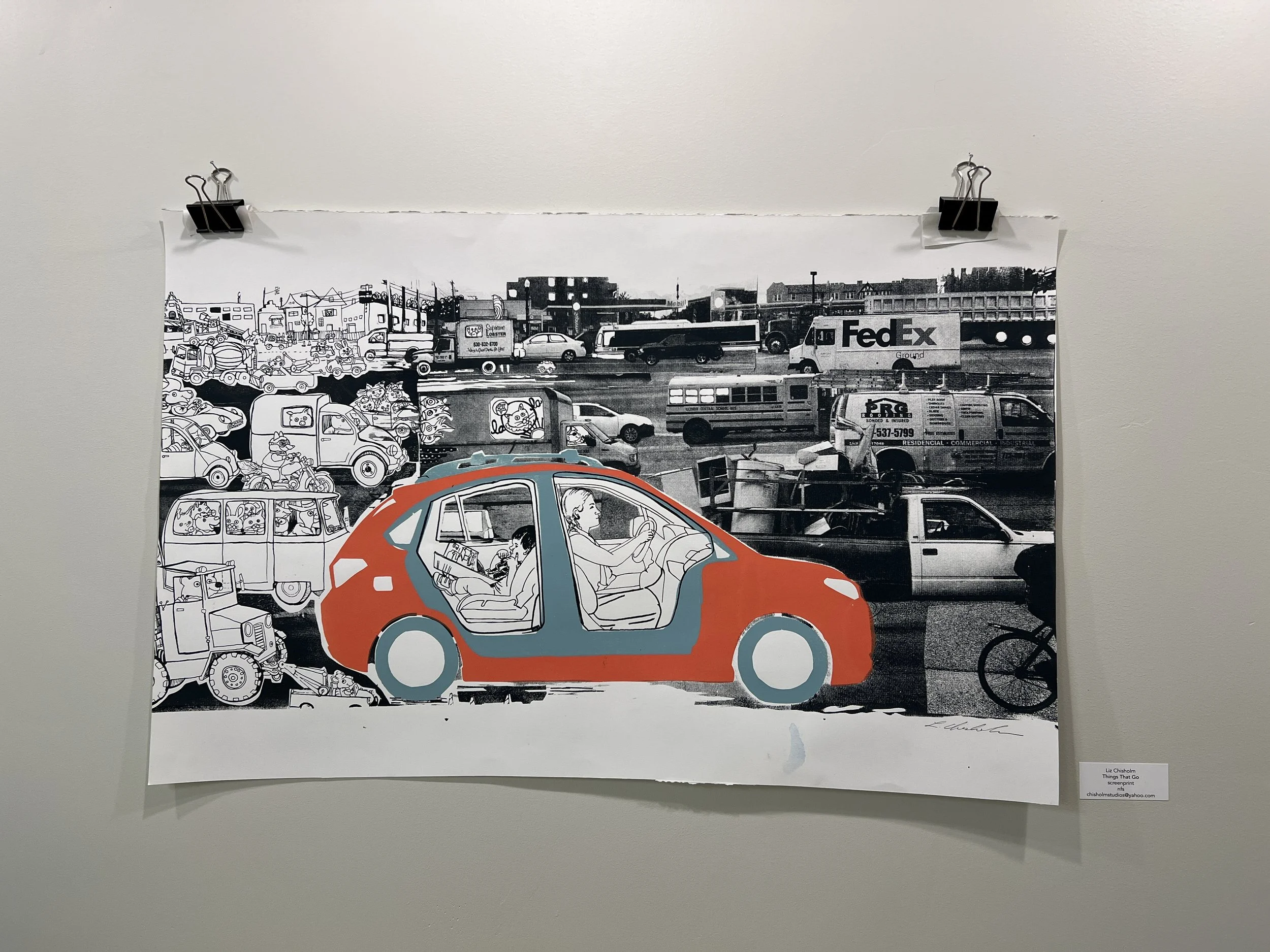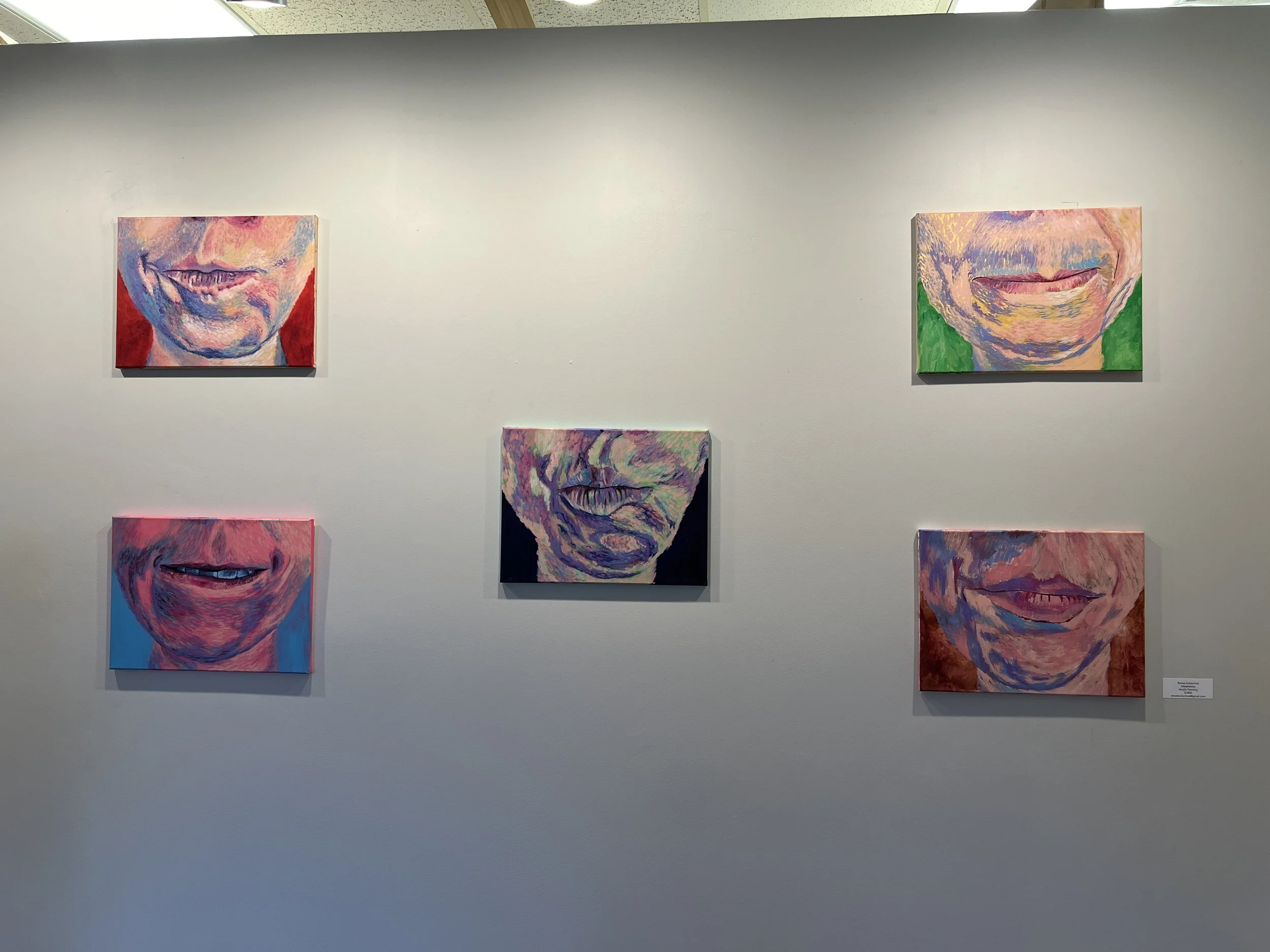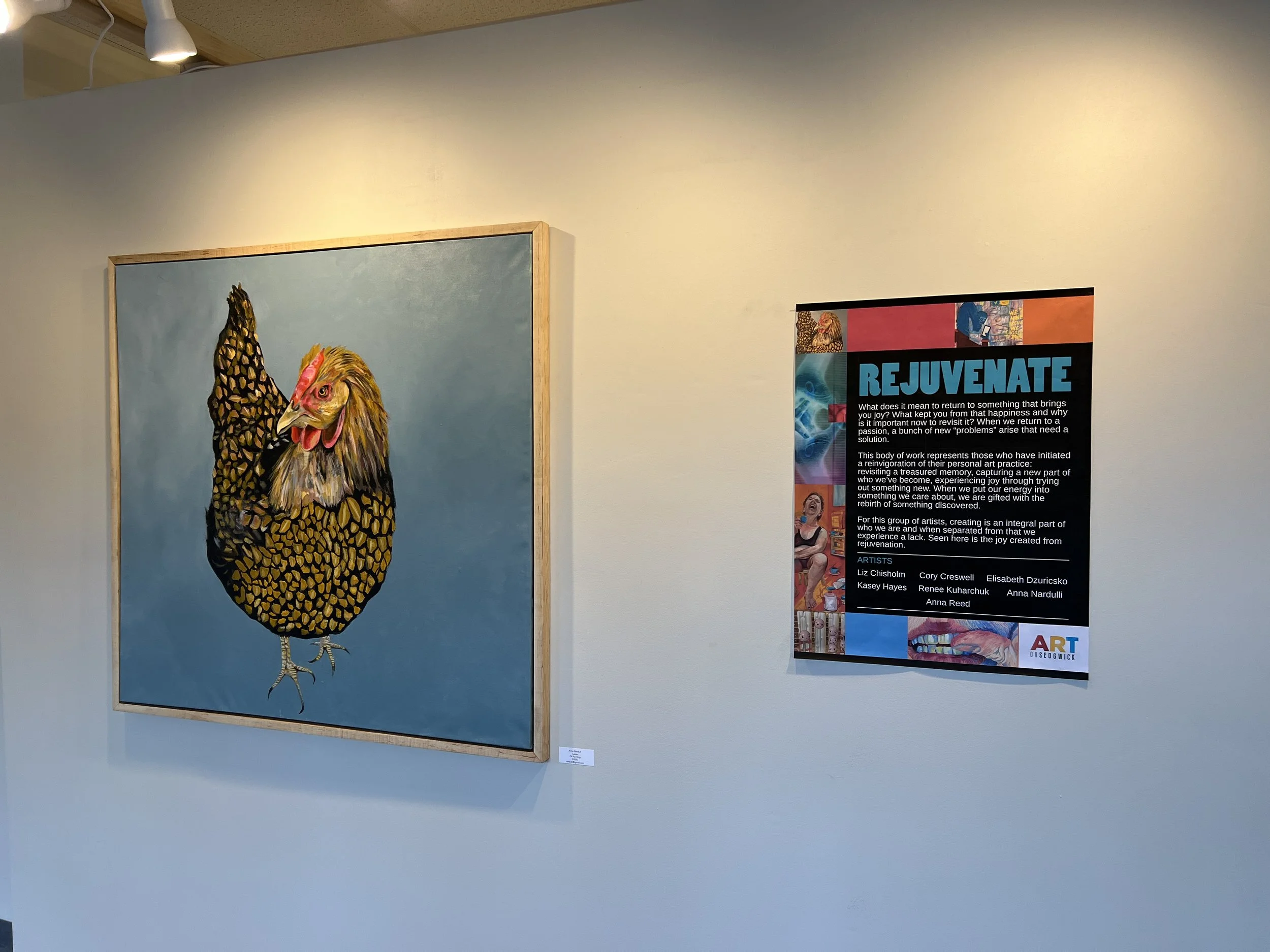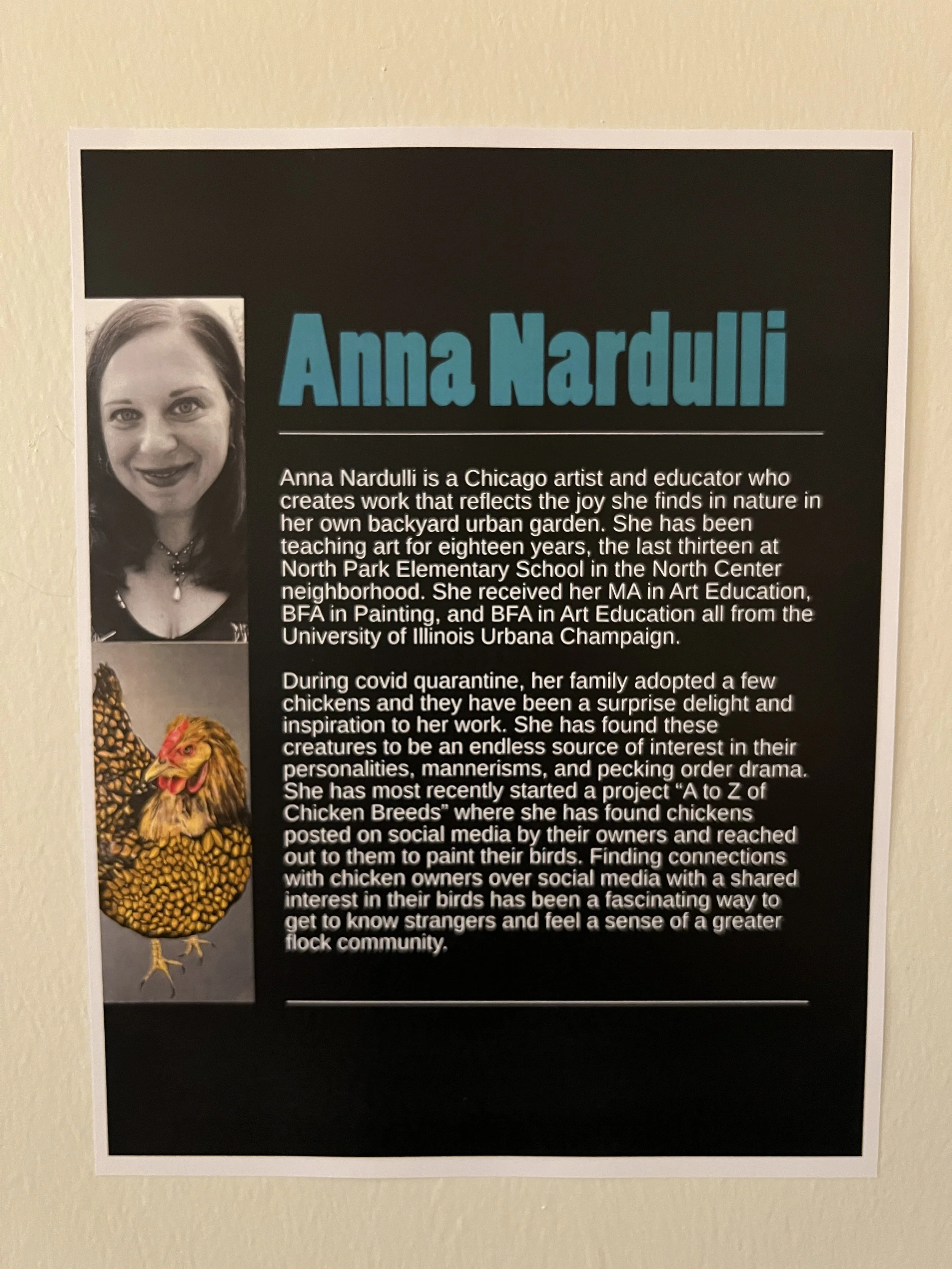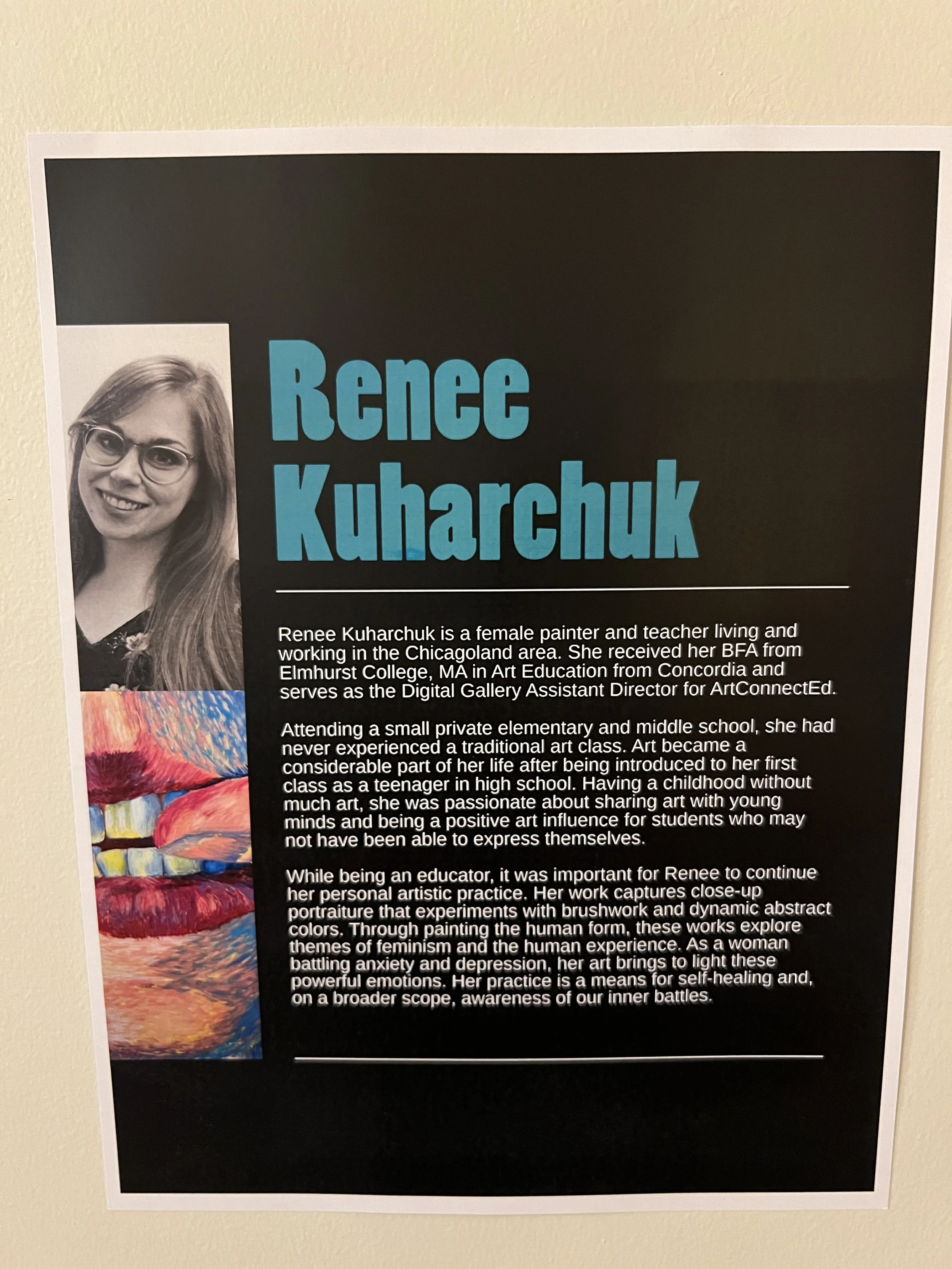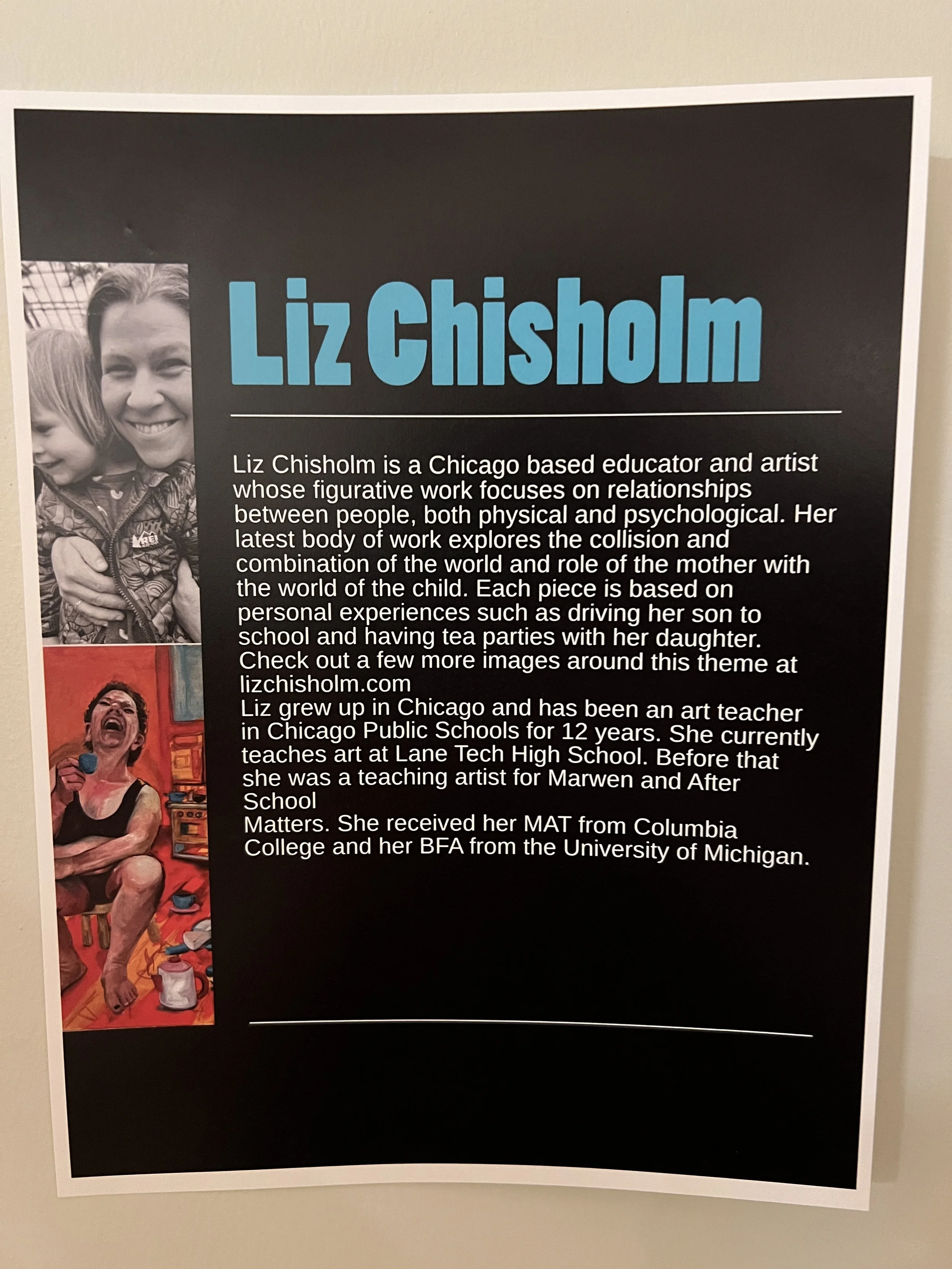The 2024 election is not the first time that women have felt mistreated in politics. Faith Blackwell’s visually compelling piece “2 Feet Hi & Rising” celebrates the natural beauty of black hair while shedding light on the ongoing struggle against hair discrimination under the 2019 Crown Act. The photograph features a striking juxtaposition of the subject’s hair against a black floral background. This contrast symbolizes the complex relationship between cultural identity, personal expression, and societal norms. Through this piece, Faith Blackwell invites viewers to “reflect on the significance of natural hair in the Black community and the importance of embracing one’s cultural identity. The photograph serves as a powerful statement of empowerment and a call to action for equality and acceptance.” Laina Joy’s “Tired Woman” was created after Roe v Wade was overturned in 2022. The piece depicts a woman wrapped in a blanket of open scars. The bright and outwardly feminine color patterns are distractions away from her displeased and exhausted expression. In the wake of the Supreme Court’s decision, Joy painted “Tired Woman” to say “Women are not baby vessels. Women are not second-class anything. Women are tired of being told how to be.”
Laura Haberer’s painting “She Didn’t Know That Nature Could Be Placed Upon Her Chest” is an intimate glimpse into the momentous moment a new mother meets her baby. The expressive gestures of the brush strokes combined with the warmth in tone envelops viewers in the emotions of the scene. While Haberer’s piece is undoubtably a beautiful celebration of motherhood, the artist also shares her complex feelings towards the intrusion of politics into the deeply personal decision to have children – “My husband and I struggled with fertility, and I nearly died of a septic miscarriage the year before having my son. It isn’t lost on me that had that occurred during the current presidential administration or if I lived in a different state, I may not have survived and never had the chance to become a mother. My son wouldn’t be here. When I reflect on all the ways in which men in suits have attempted to control women’s reproduction, from the idea of restricting IVF to forcing women to bear children they don’t desire to withholding life-saving healthcare, it’s clear it isn’t about reproduction at all, but about control. These men sit in their leather-bound chairs miles from the hospital rooms where babies are born or the bathrooms where women are racked with fear over an unwanted pregnancy. They do not pause to contemplate the emotional state of any woman on the precipice of a reproductive choice, yet they feel entitled to the decision. Words fail to describe the moment I met my son and the change to my very being that I experienced. But it was my choice. As it should be every woman’s choice.”
While woman’s rights are threatened, many women are finding their voice. At first glance, Brie Hines’ “I Miss the Old You” looks like a bright, colorful painting of note-passing at a fanciful dinner, but it serves as a deeper allegory for the relationship changes Hines experienced on her journey of self-worth and discovery of her voice as a feminist. Hines says “with this transformation came a pattern of abandonment—people who once surrounded me drifted away when I no longer sought their validation. On a broader scale, women who embrace their individuality and confidence are often misunderstood, even resented, by those who once depended on their self-doubt. And now, we are watching this play out on a systemic level. As women reclaim their autonomy—over their bodies, their identities, their futures—there is a force desperately trying to push us back into silence.” An artist who refuses to be silent is Bryn Gleason whose photograph “NO.” shows a woman taking a knife to an egg positioned above her abdomen, a strong visual meant to empower. Gleason understands that “in a world flooded with prompts to be gentile, quiet, caring, and accommodating, merely uttering the work “No” takes practice. Strengthening that vocal muscle is an immense feat, one of significance even if it is only the first of many strenuous steps in ensuring the lines you draw are respected. What then do you do when your “No” is violated? When the boundary you set has been crossed and you find yourself being bent once again to satisfy someone else’s demand? This is when “No” becomes an action. “No” becomes a journey. “No” becomes destruction, loss, survival, and immeasurable grief. “No” should never be smothered by fear, if it is, then it is the most important “No” you will ever survive.”
